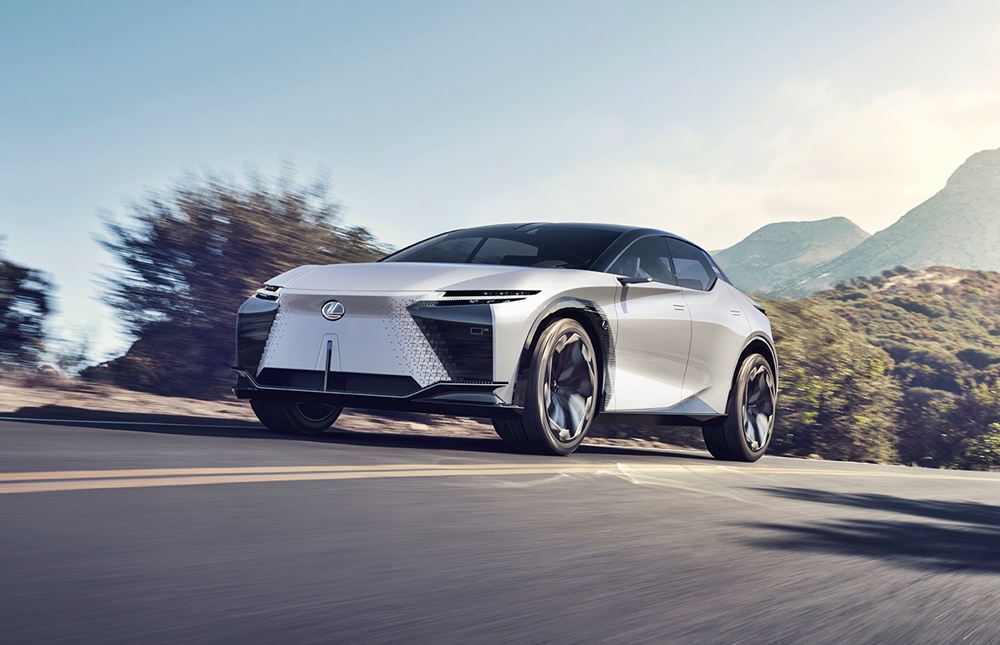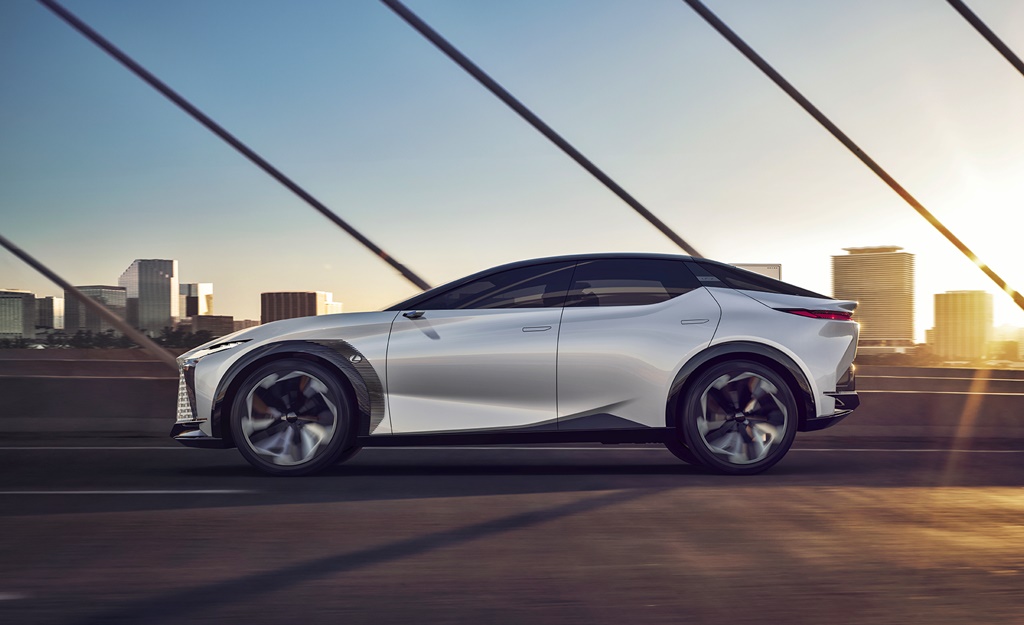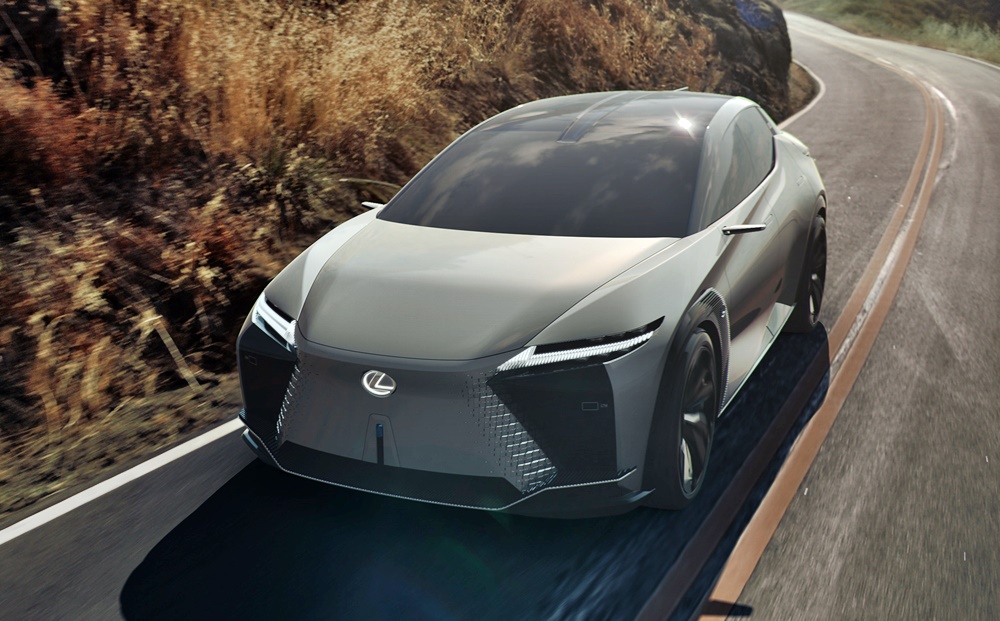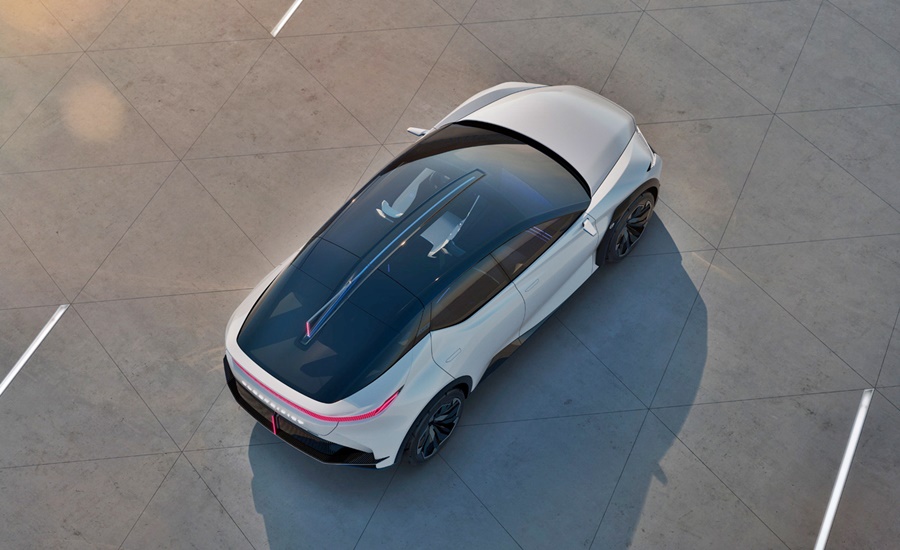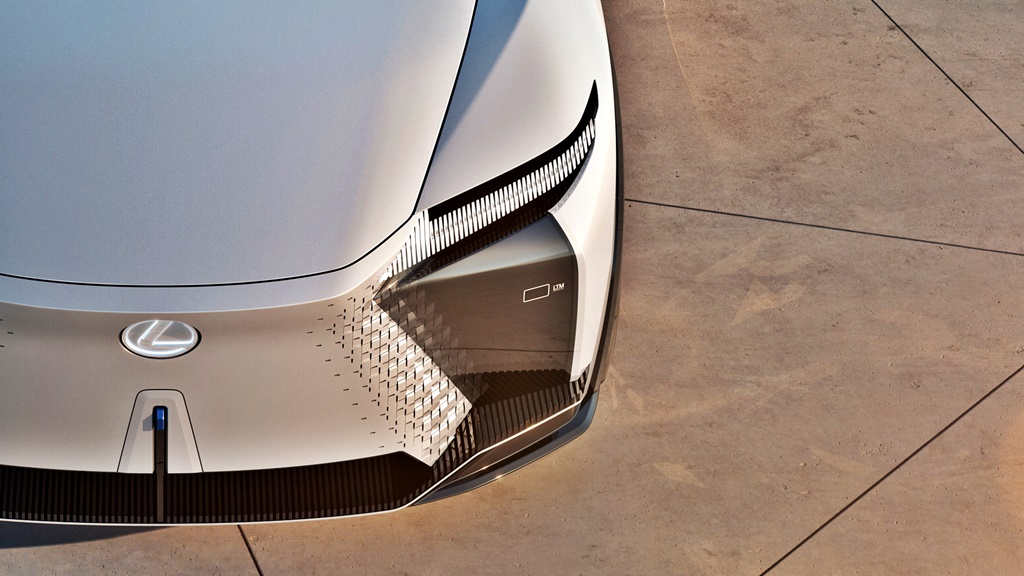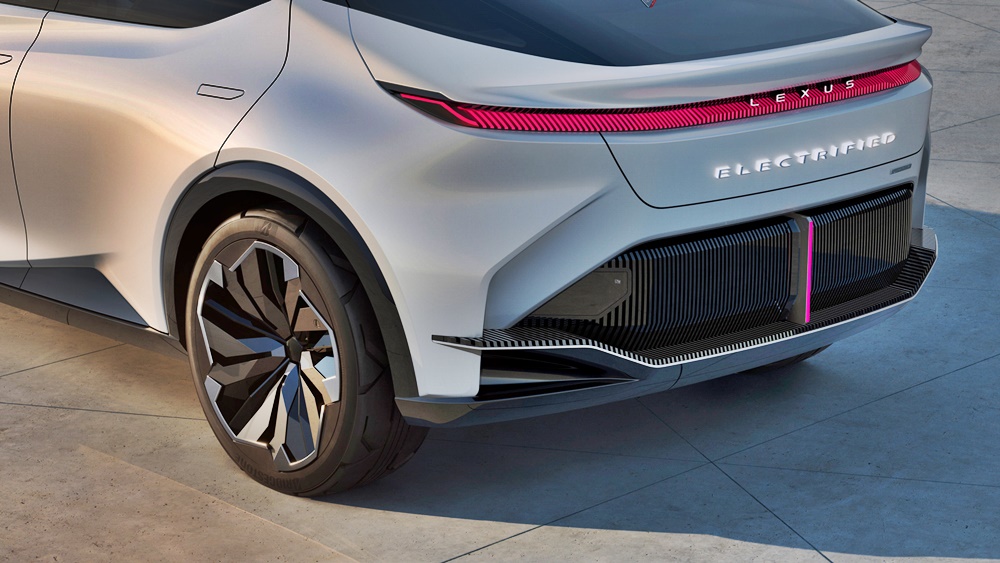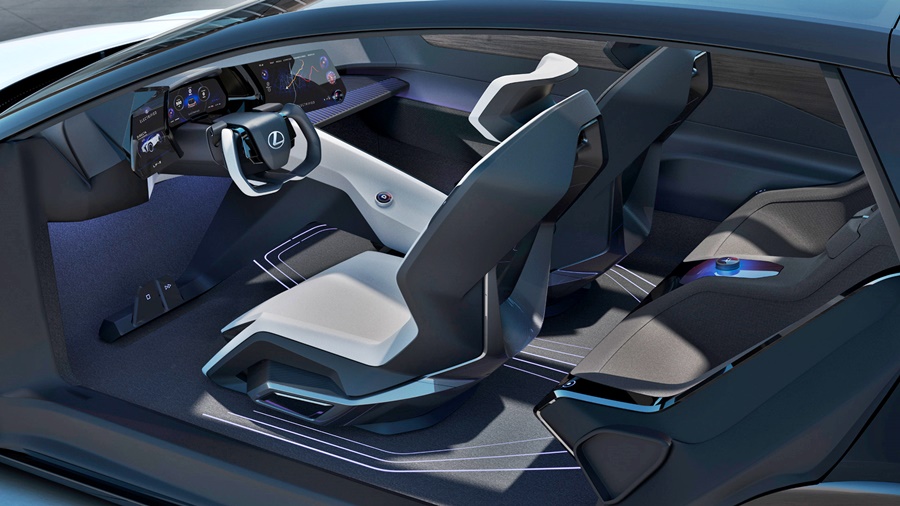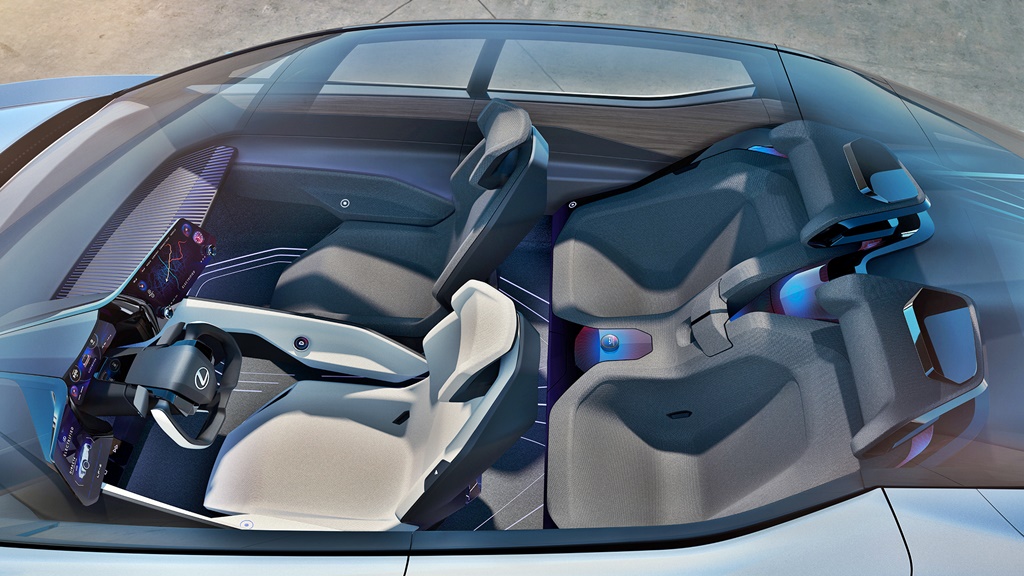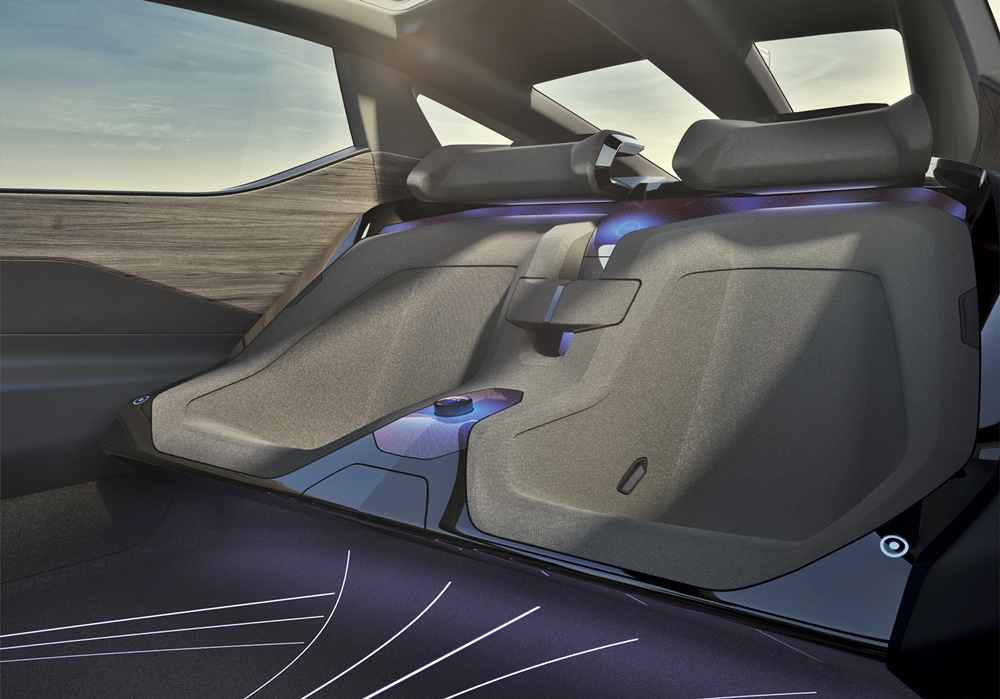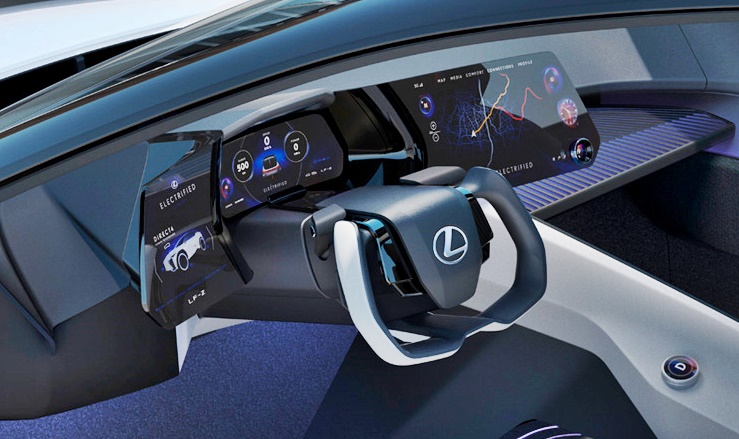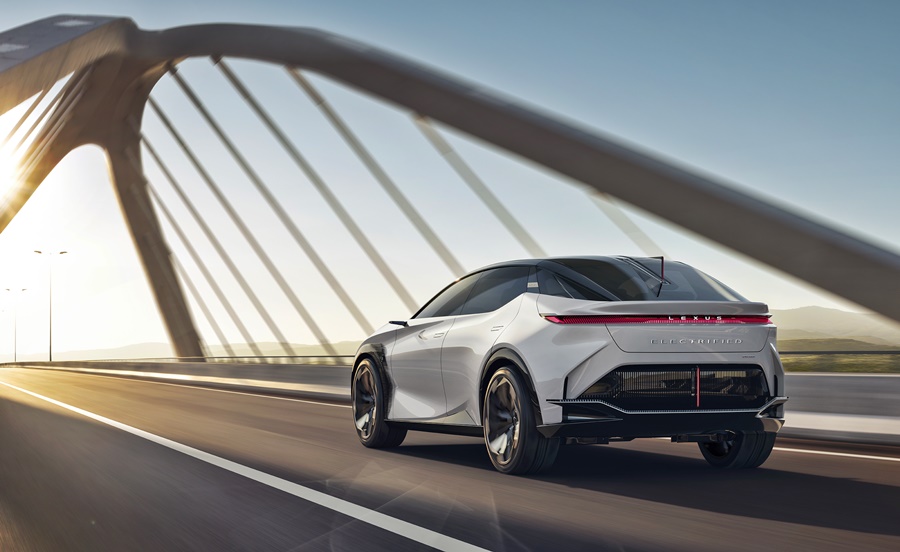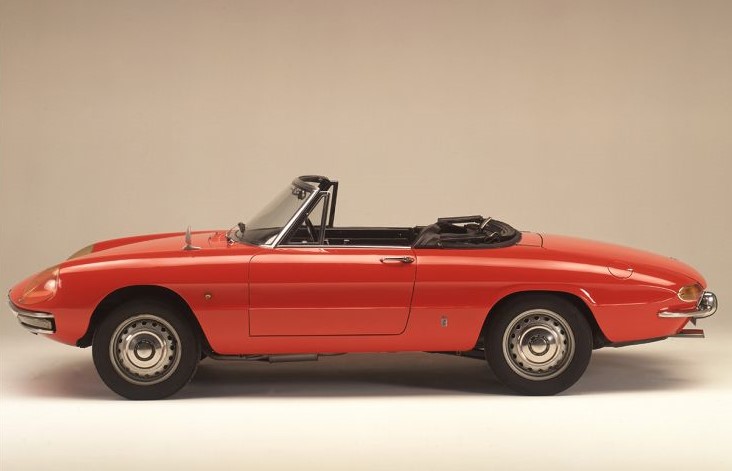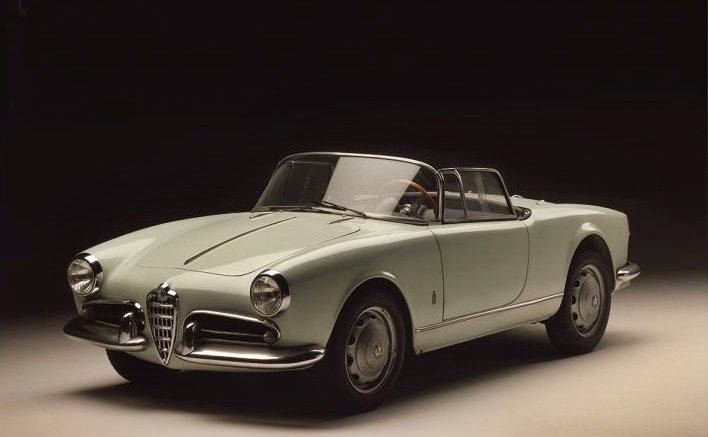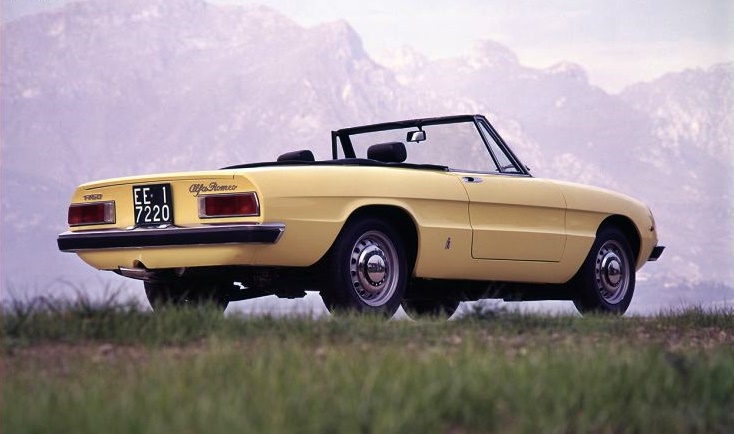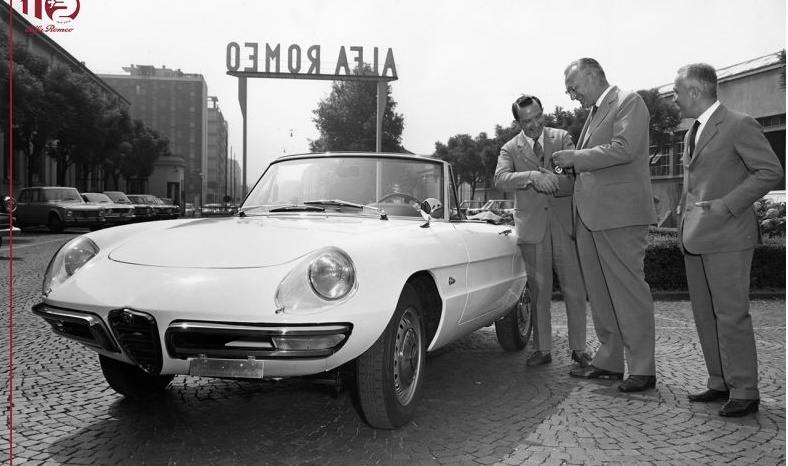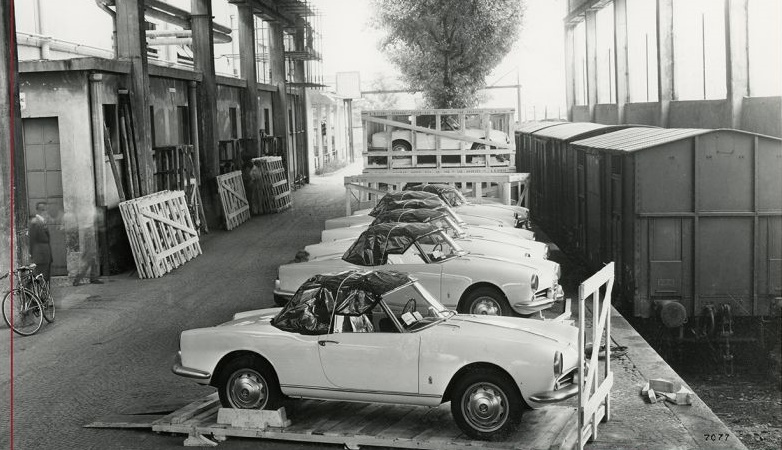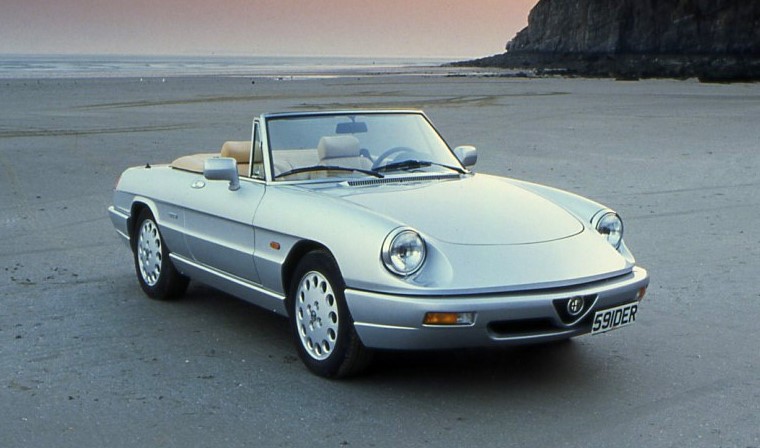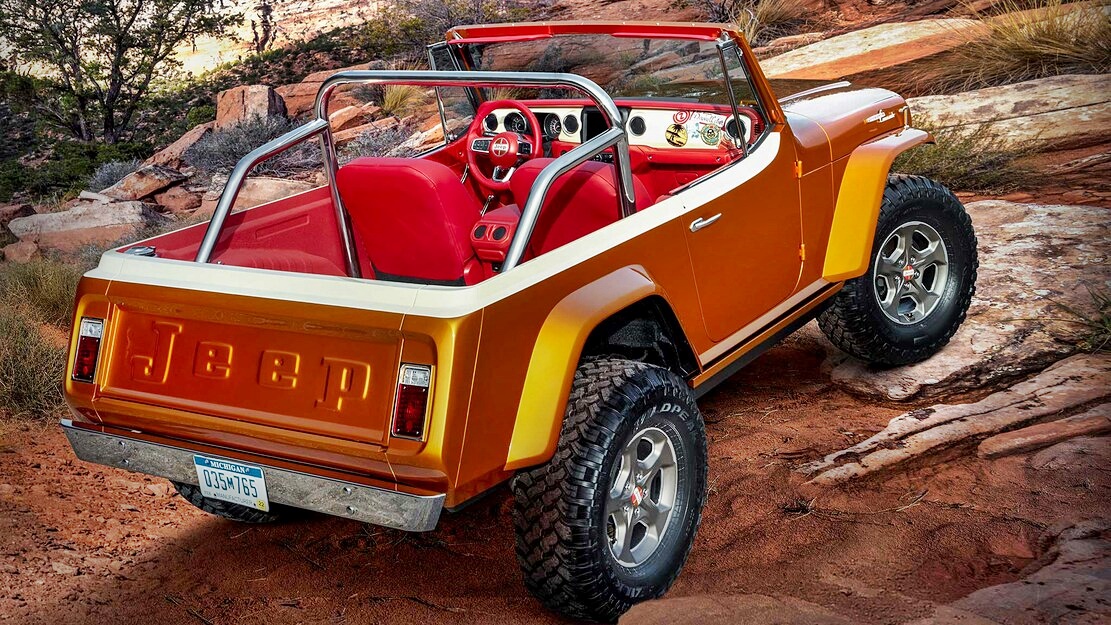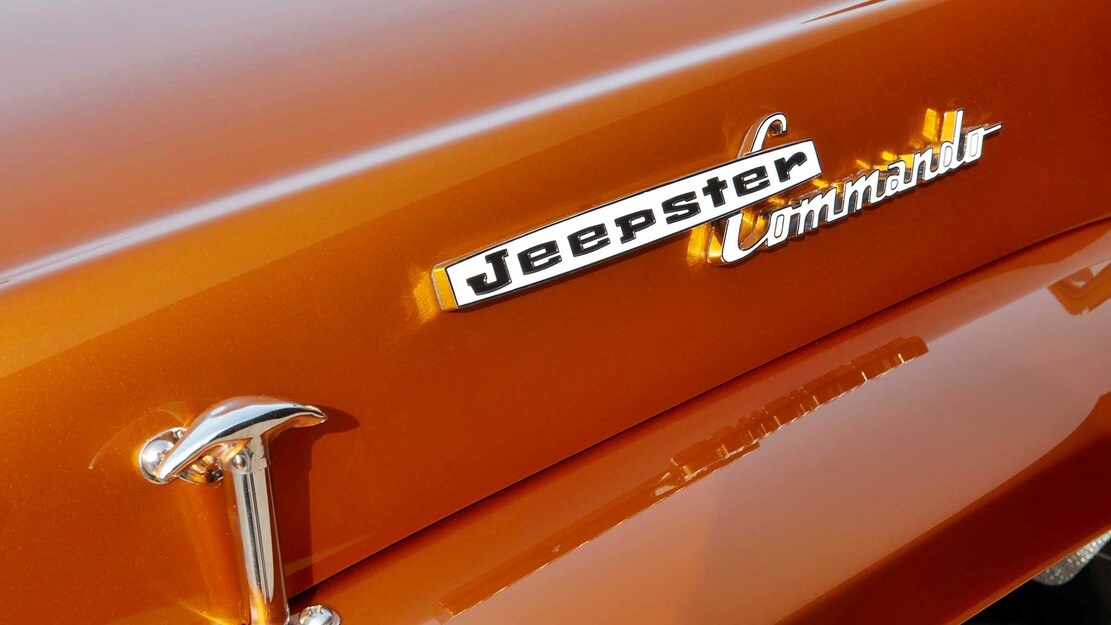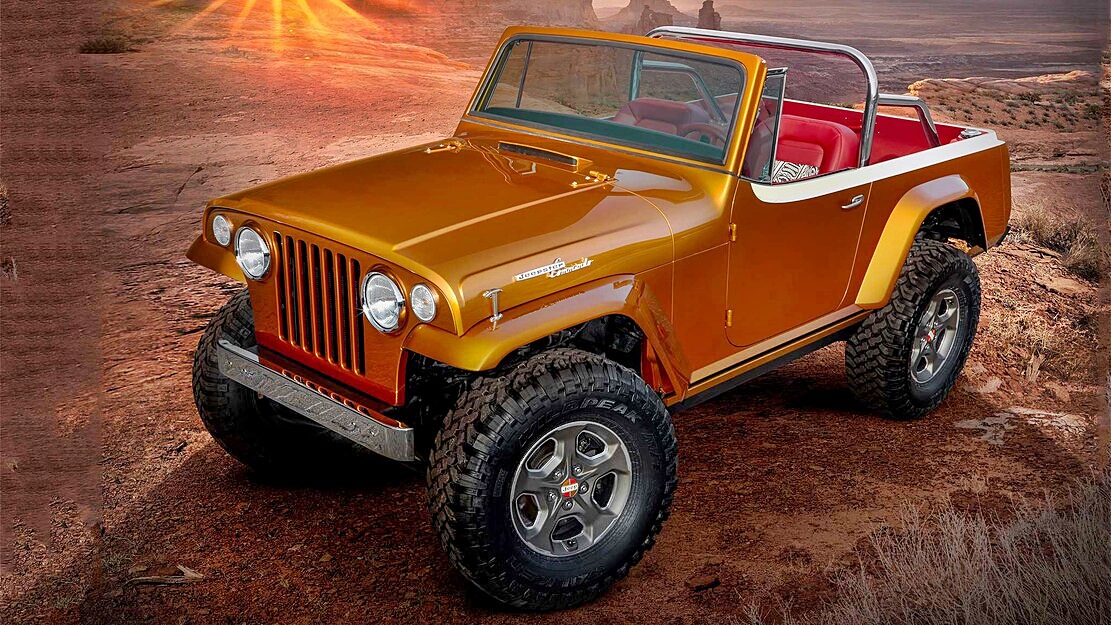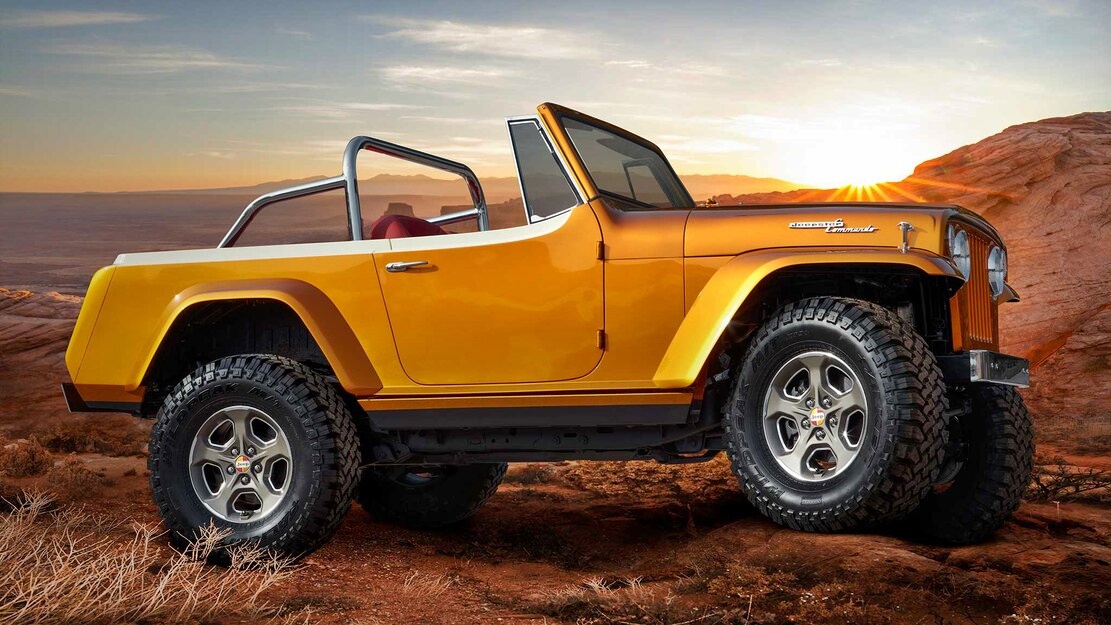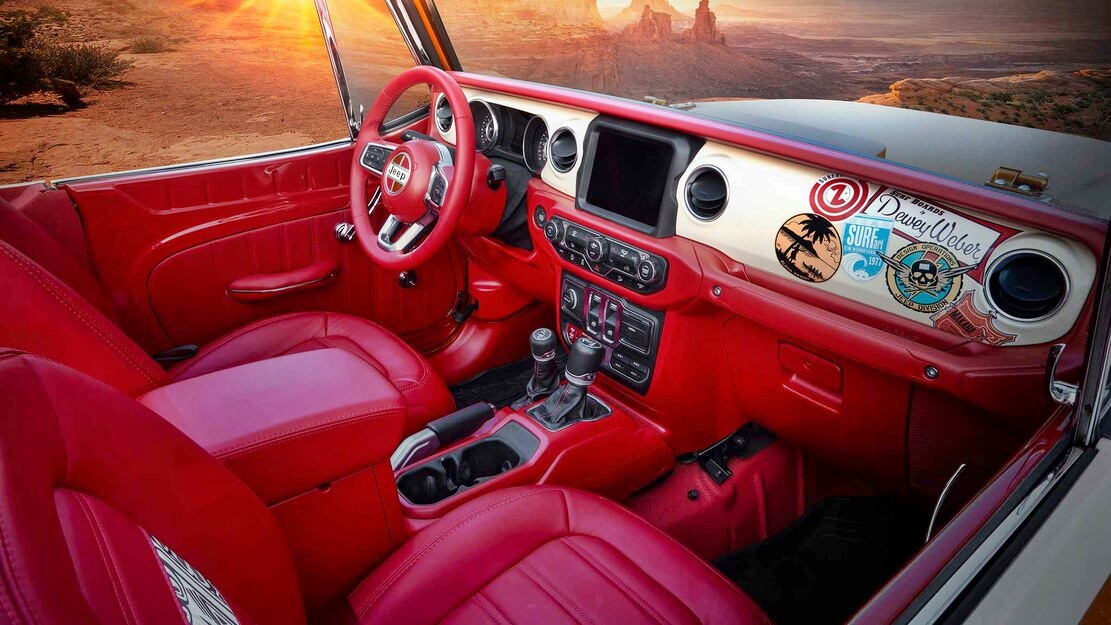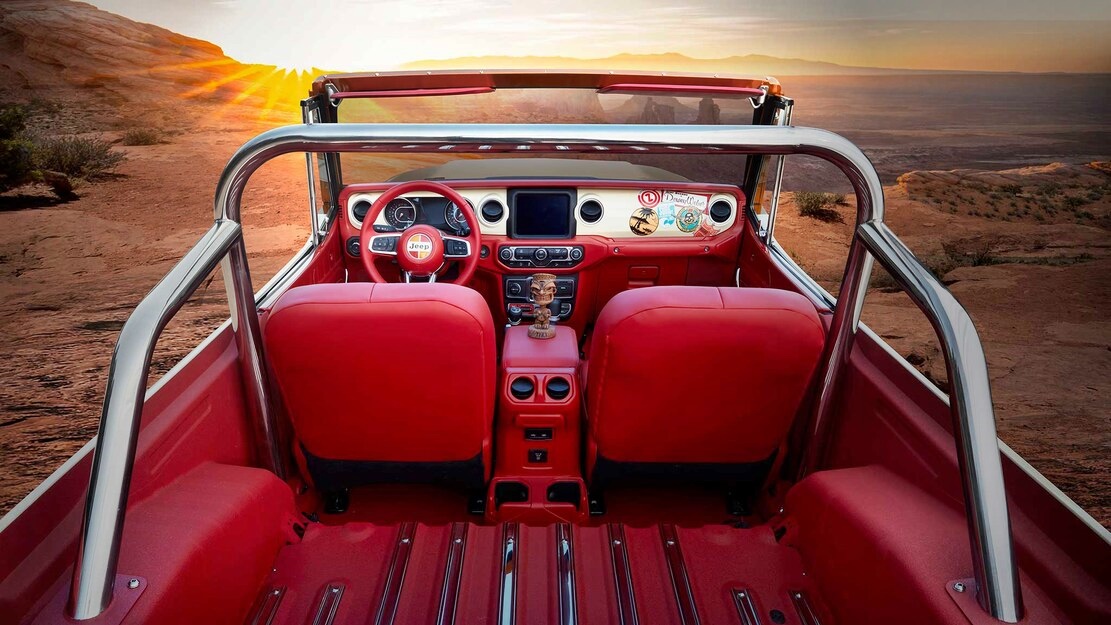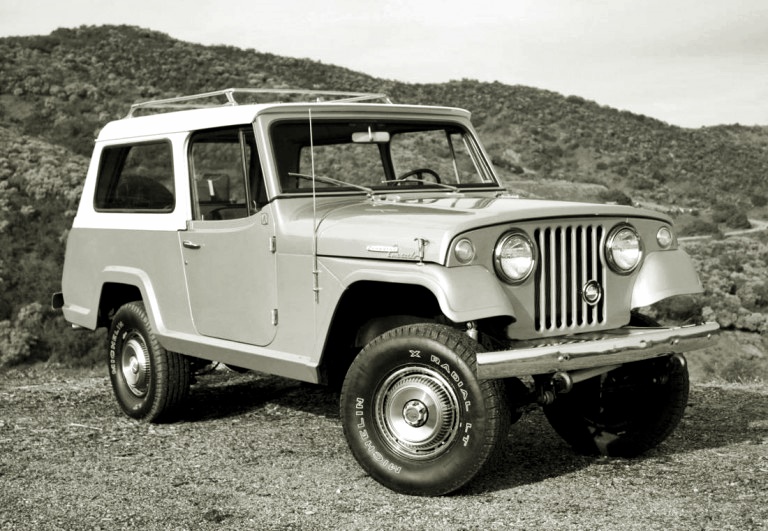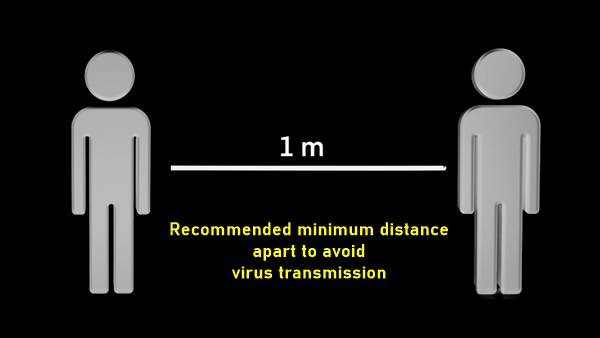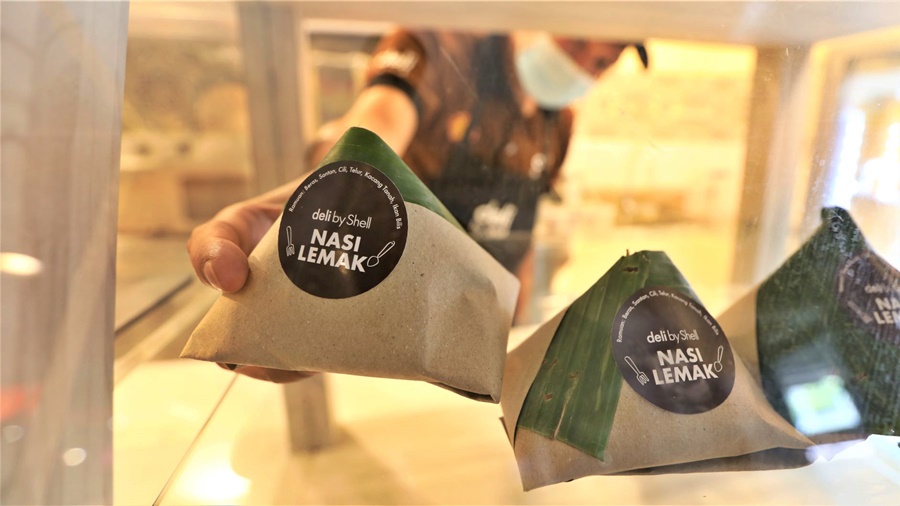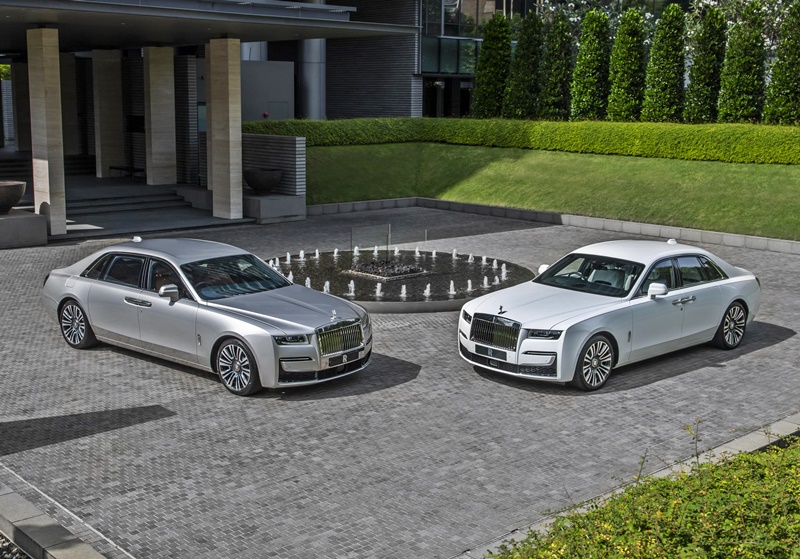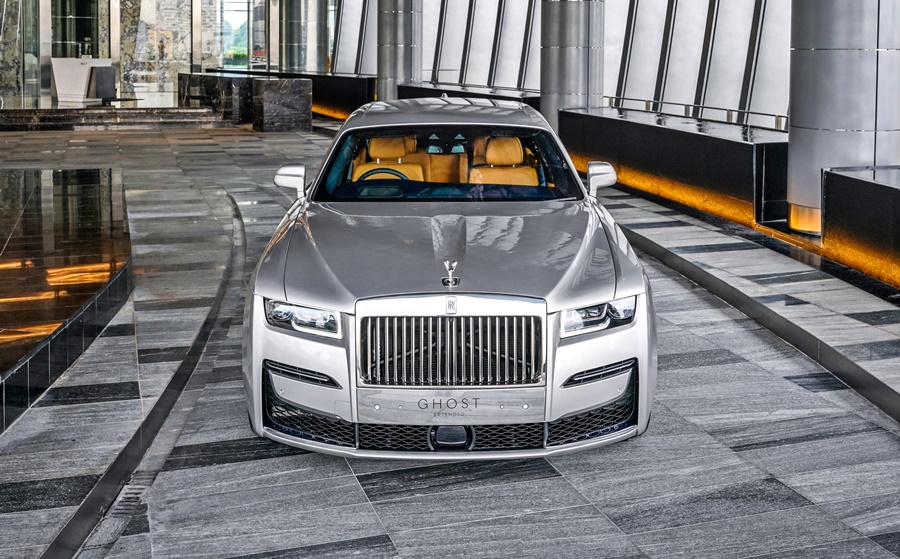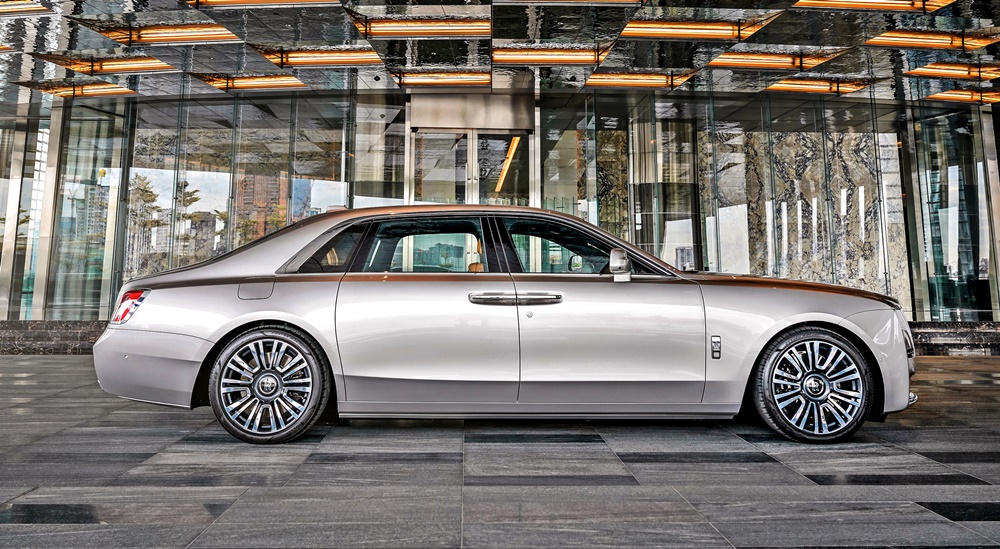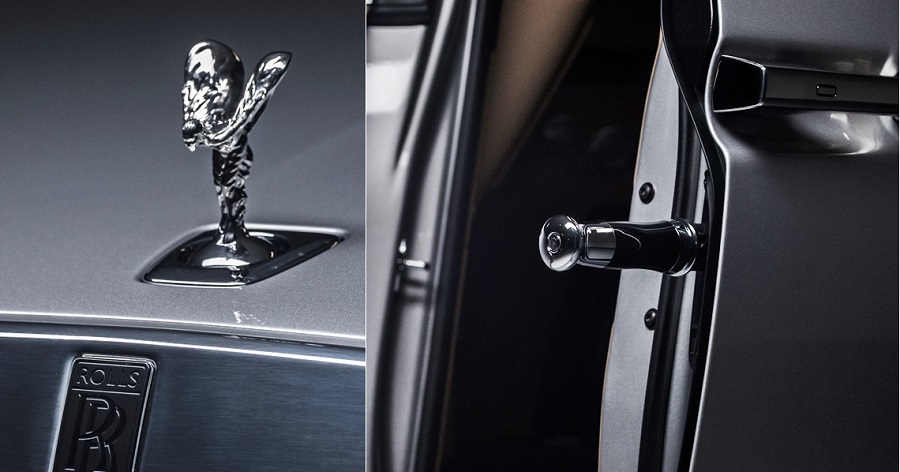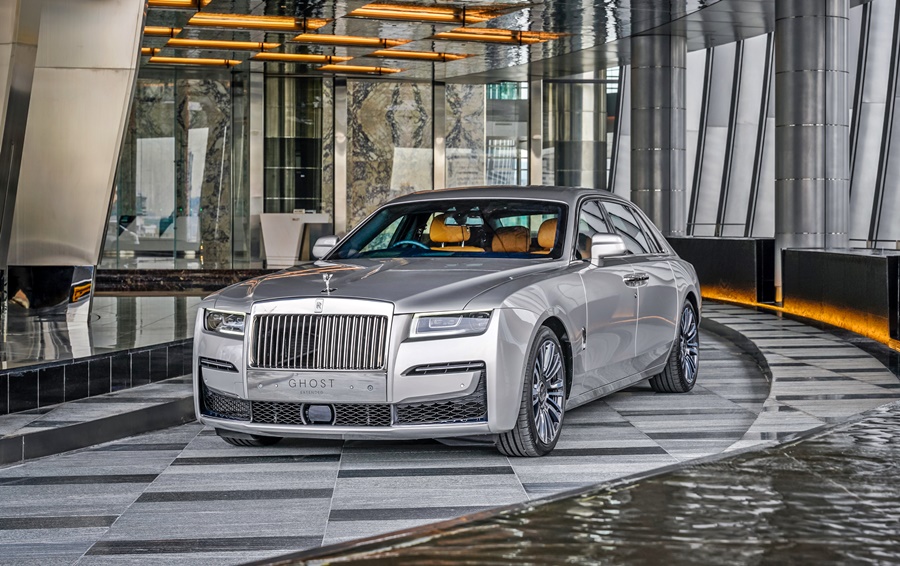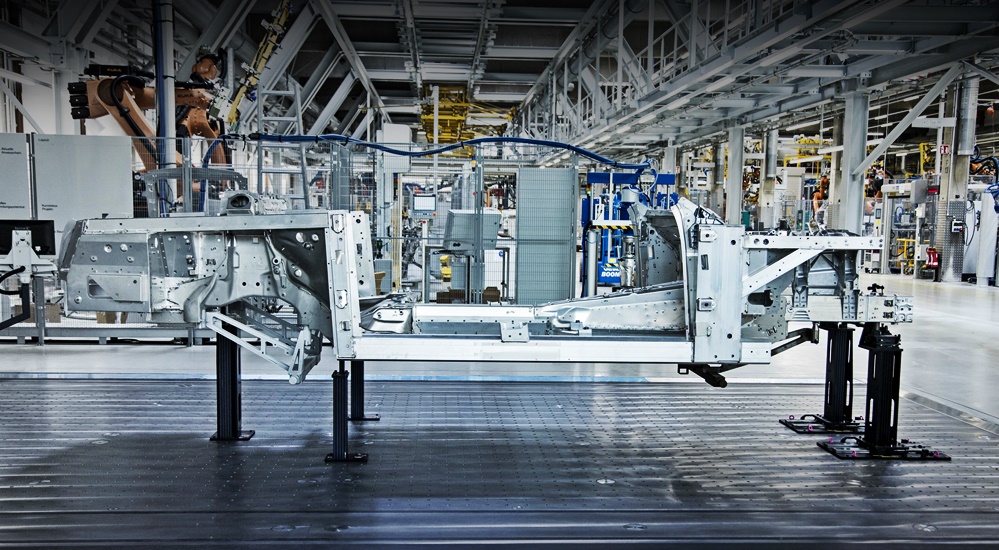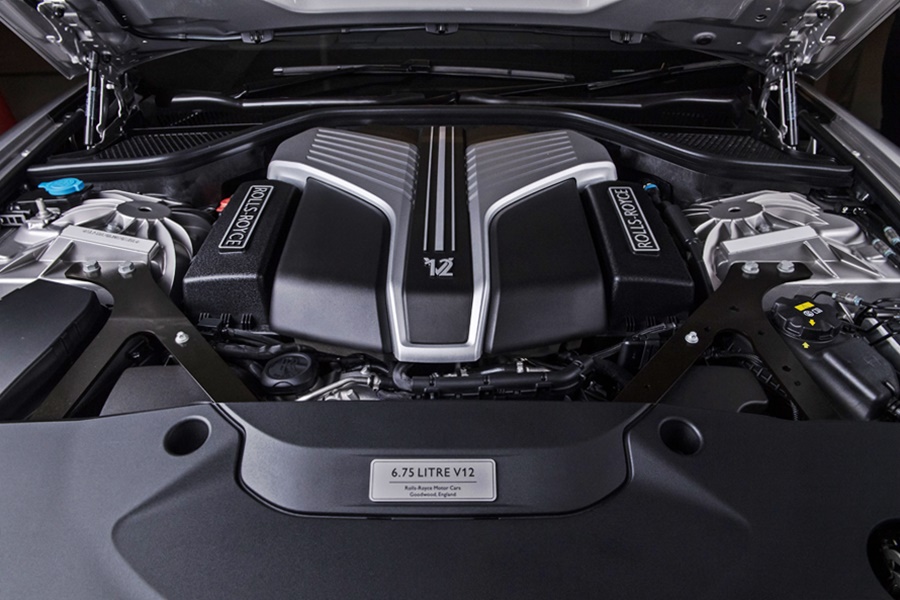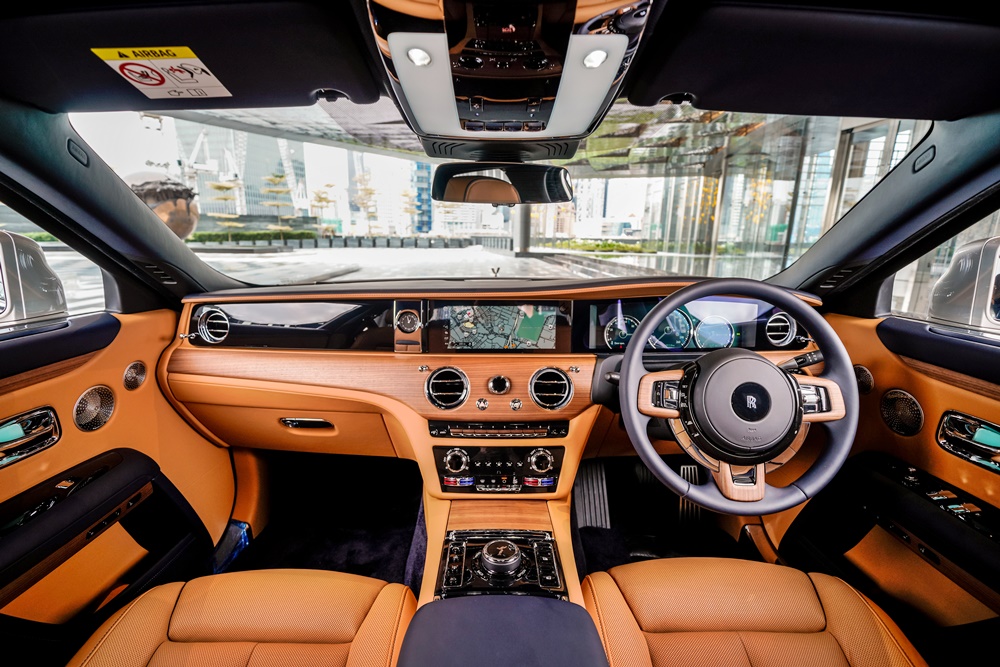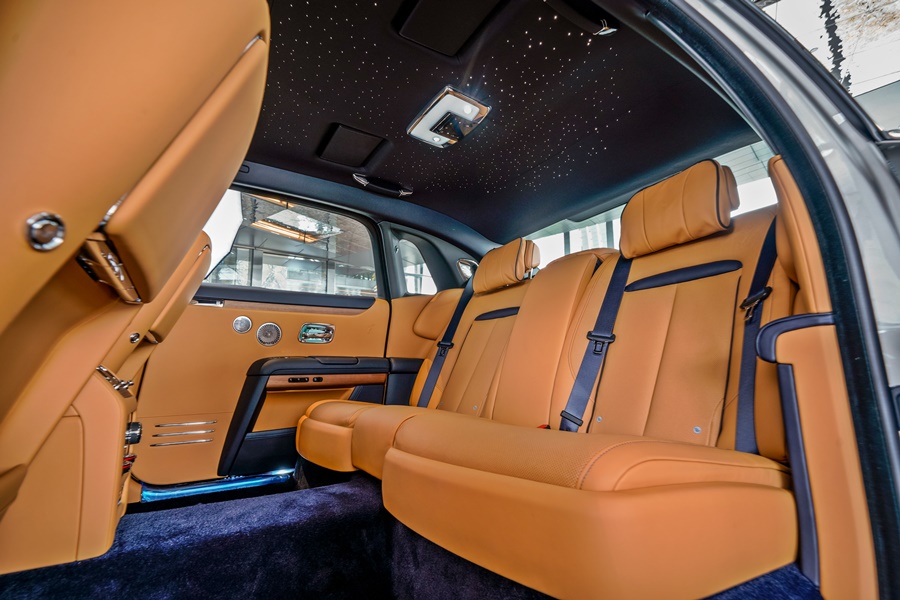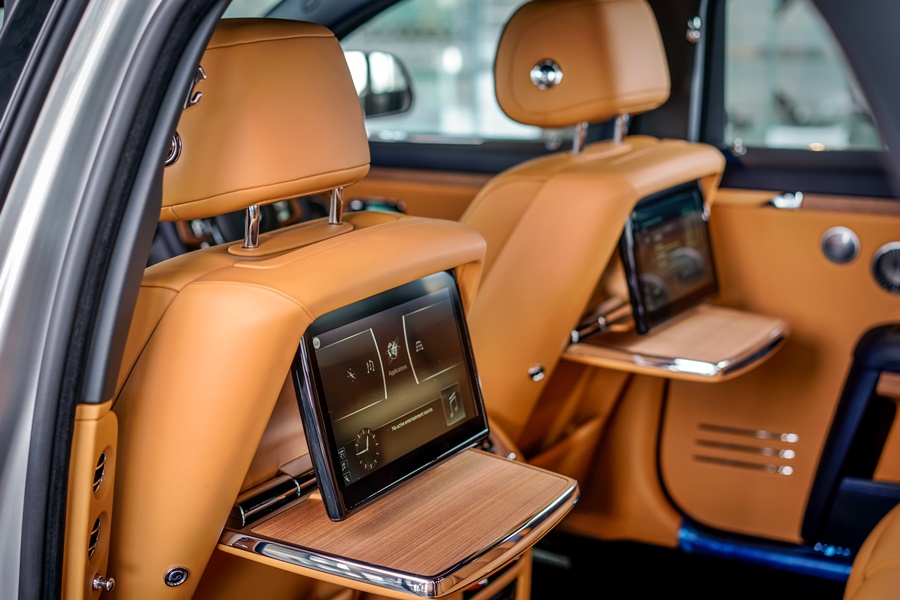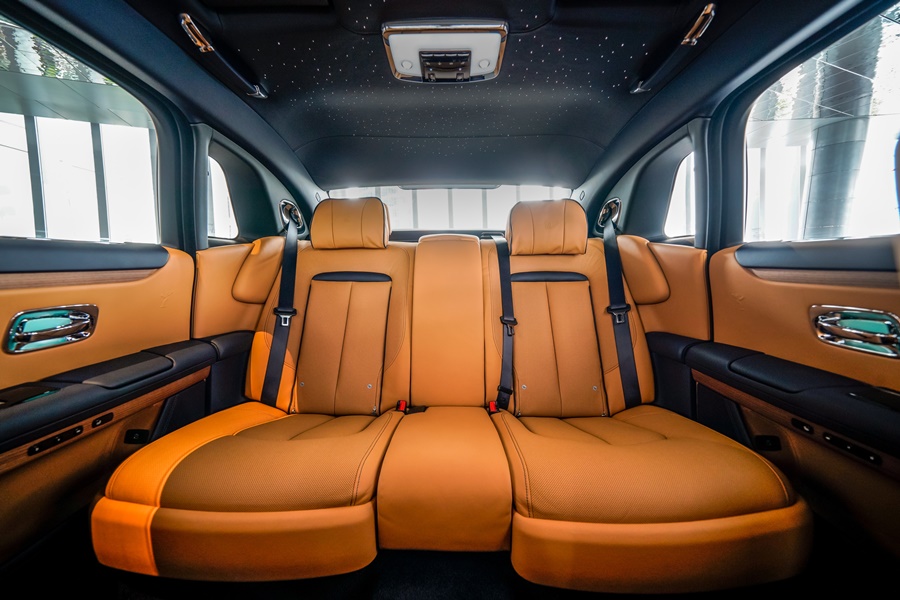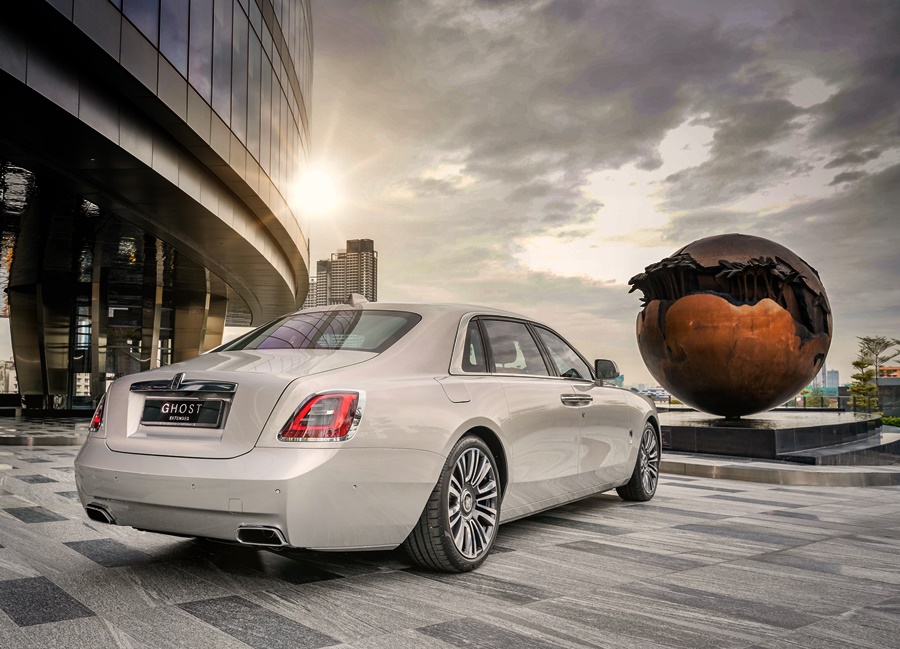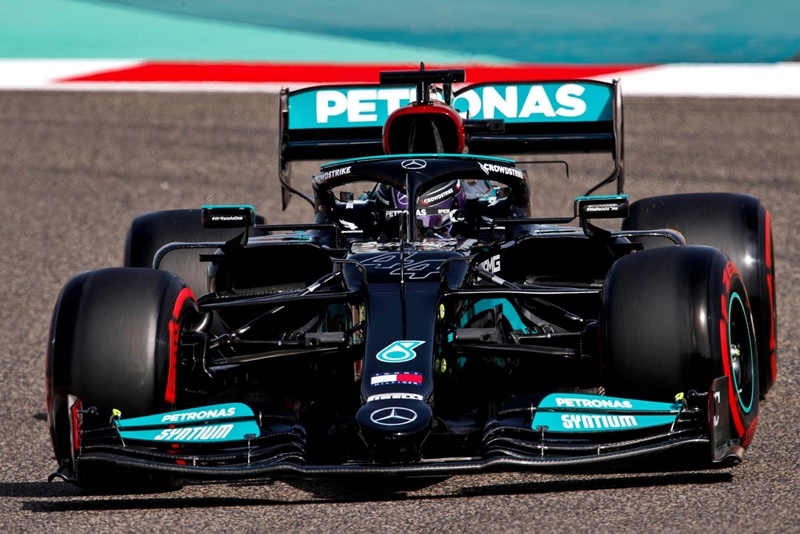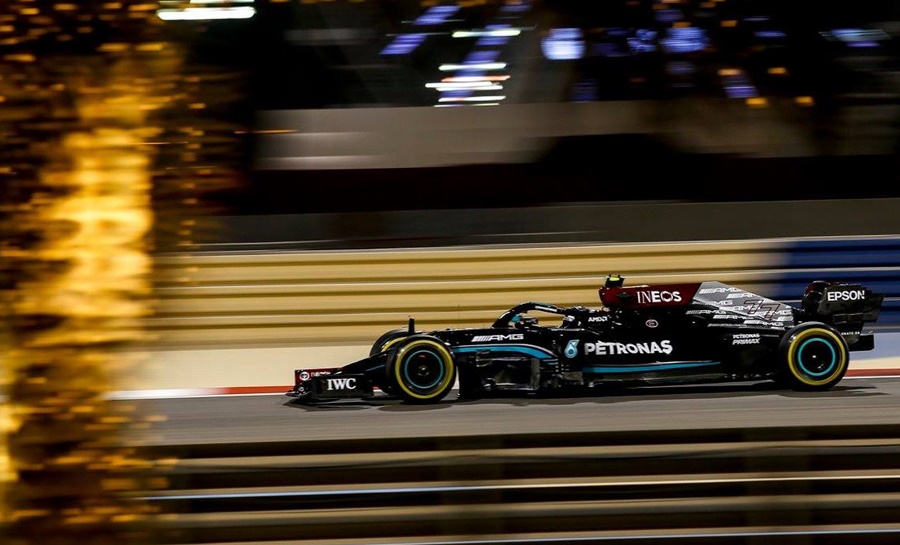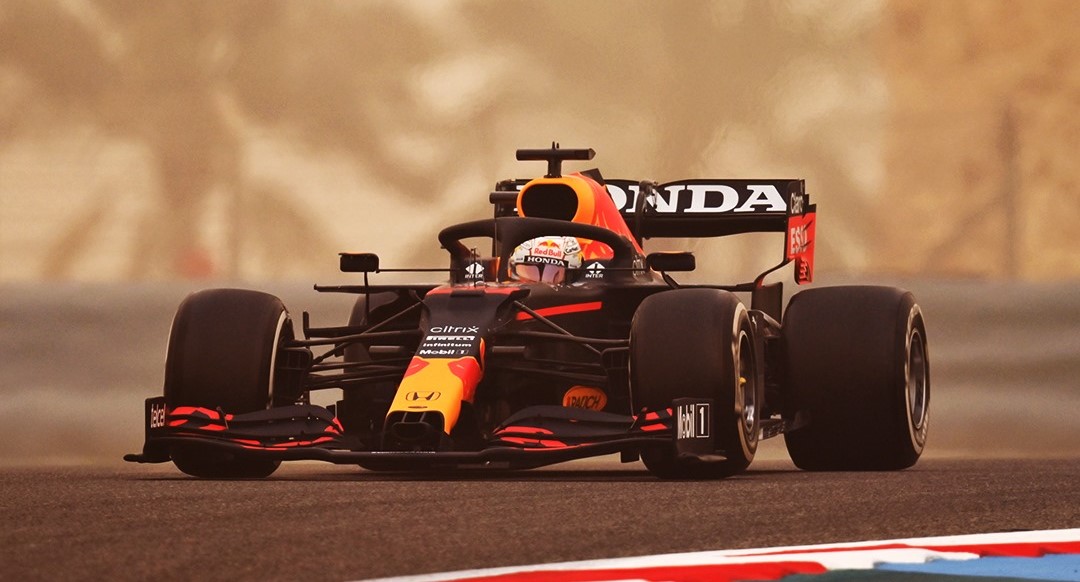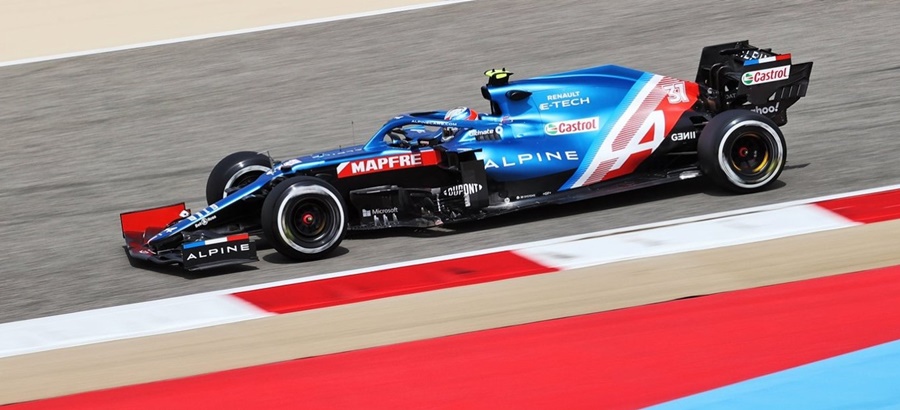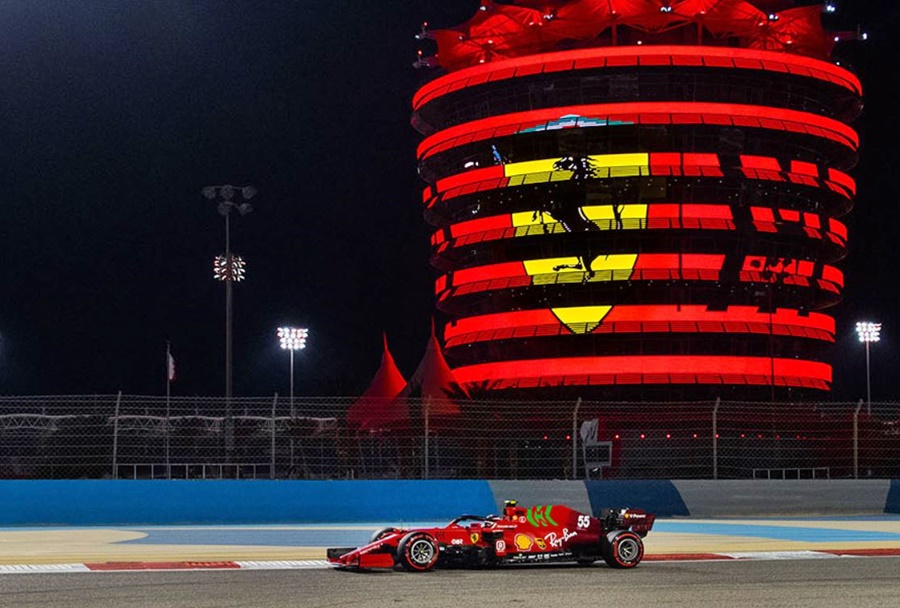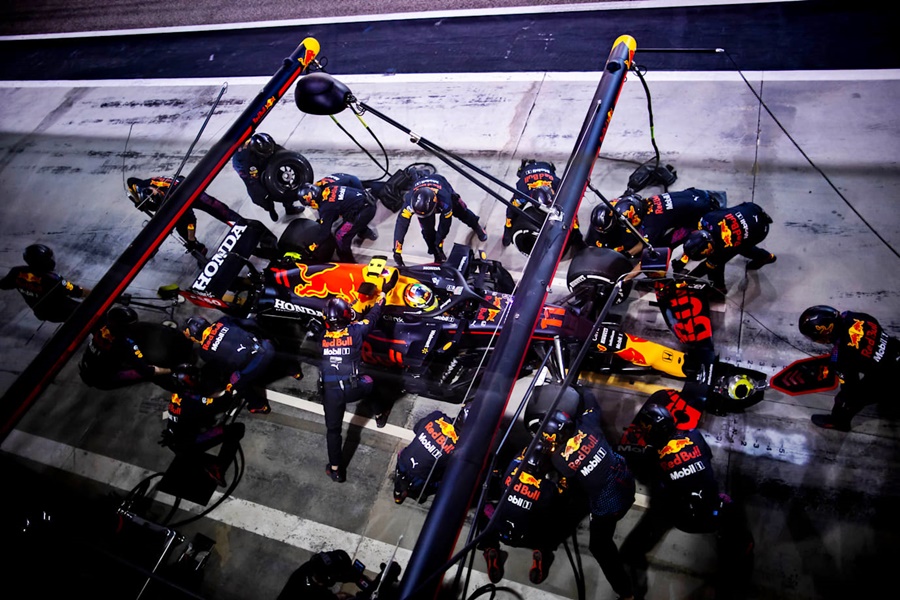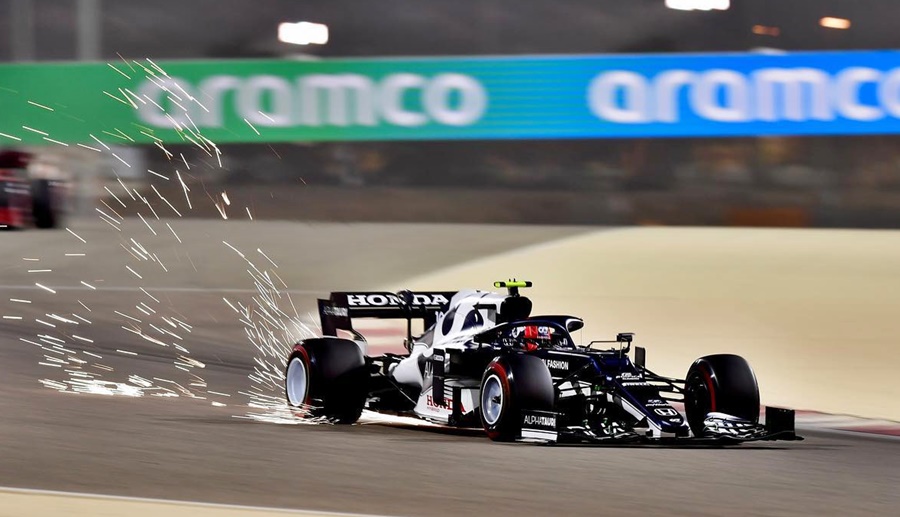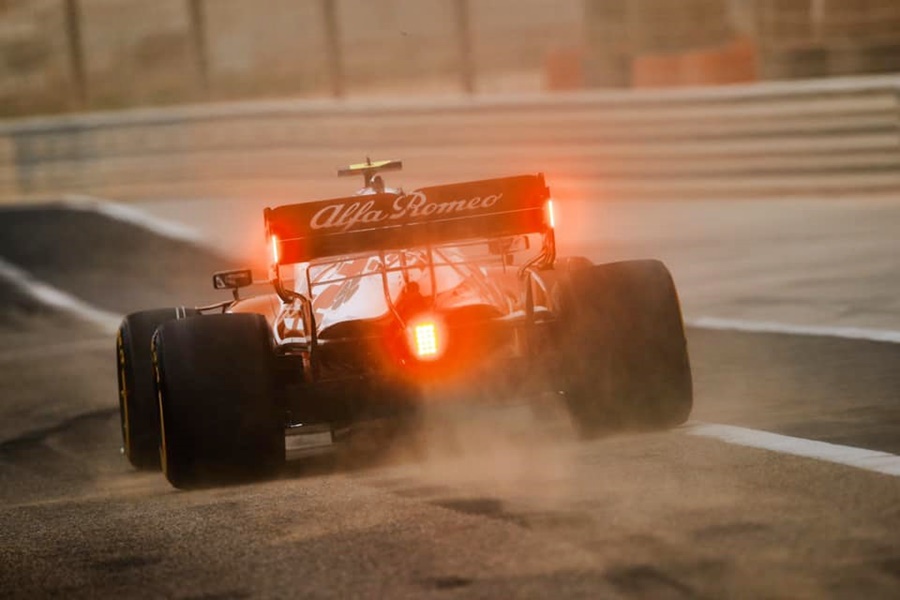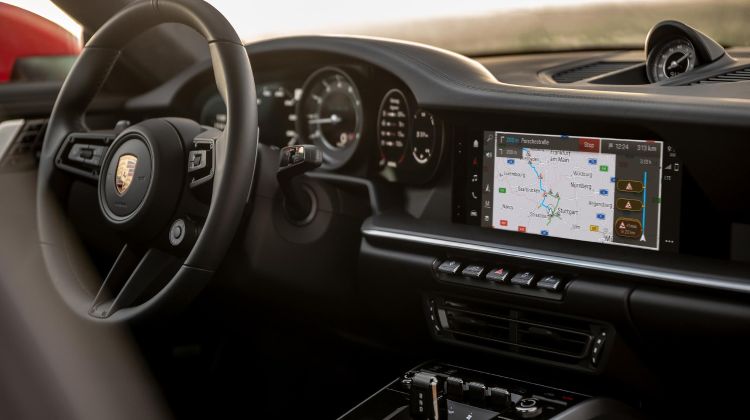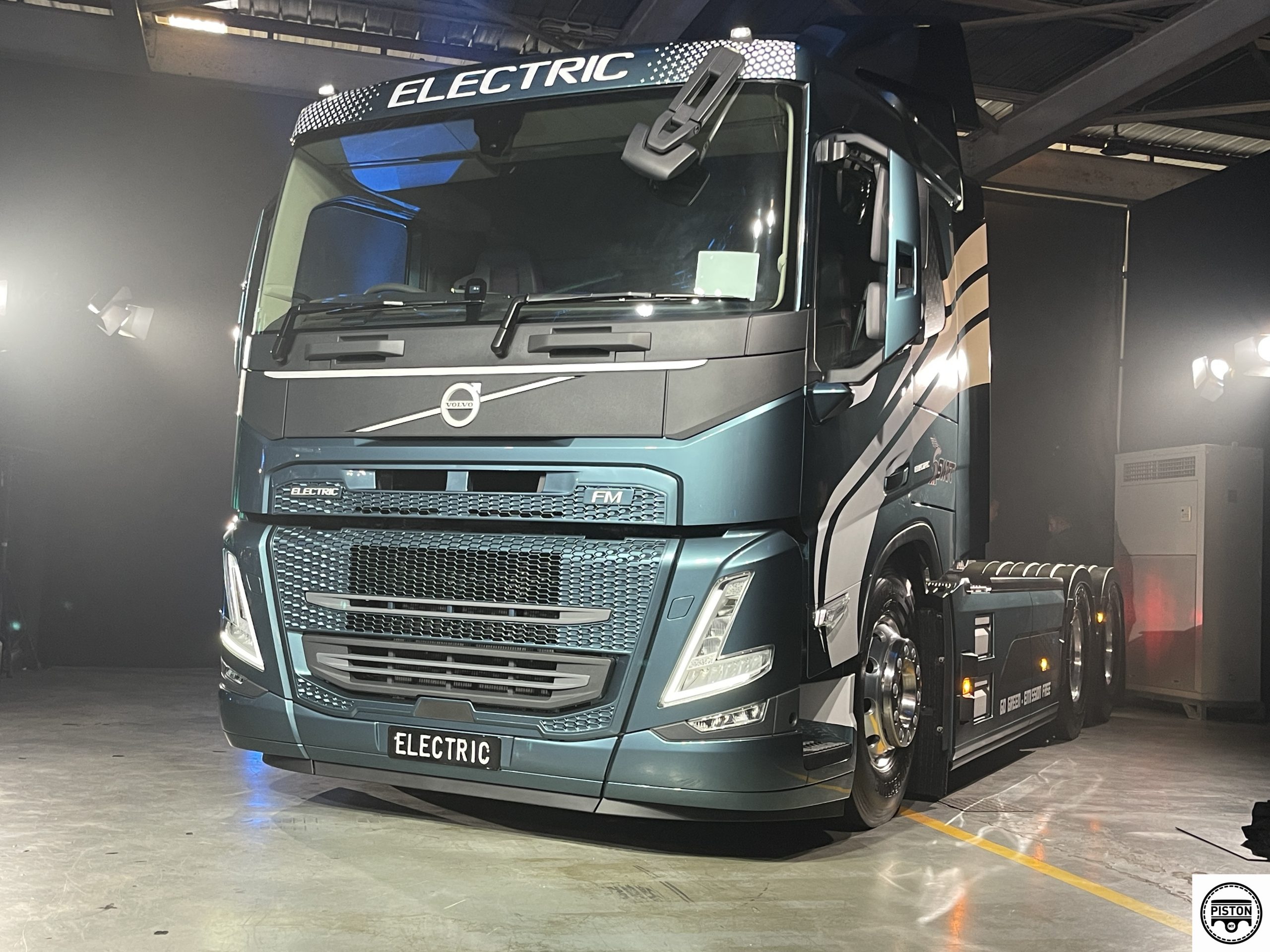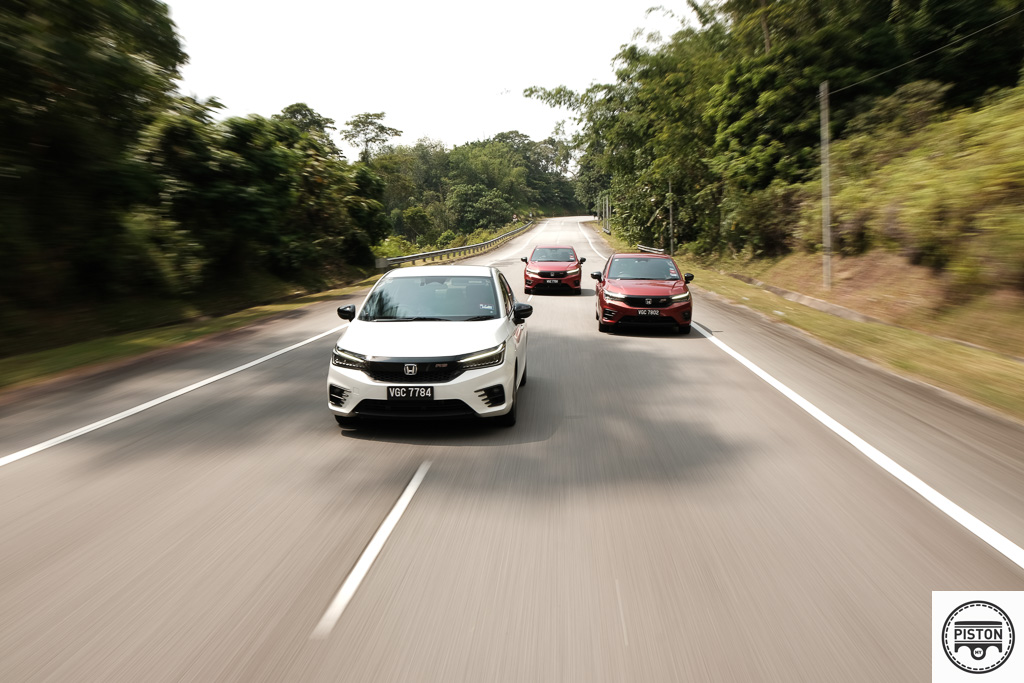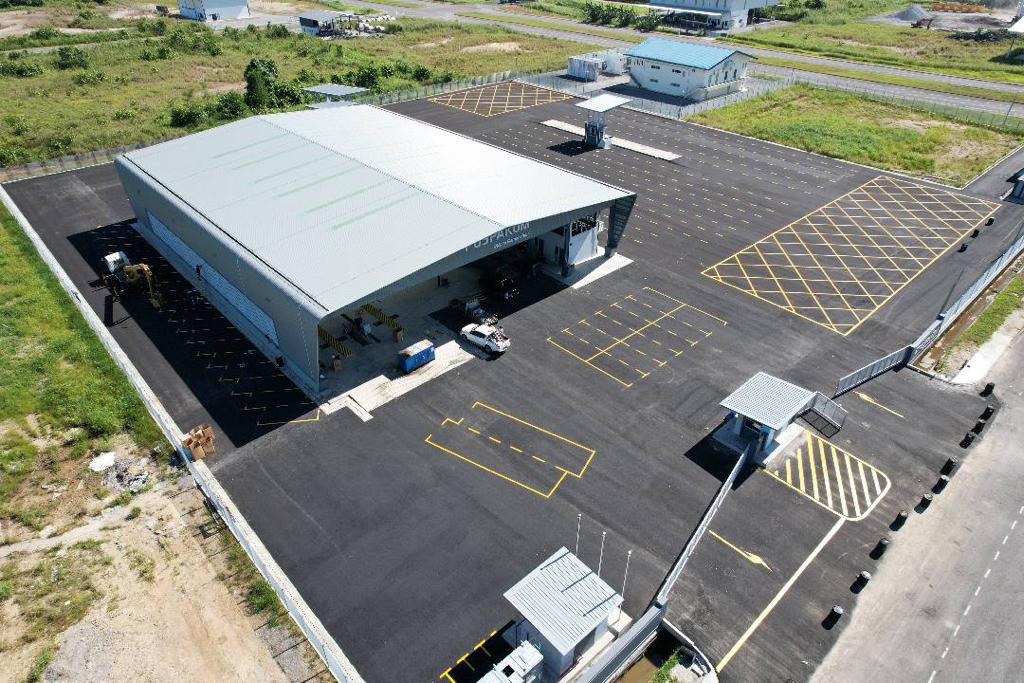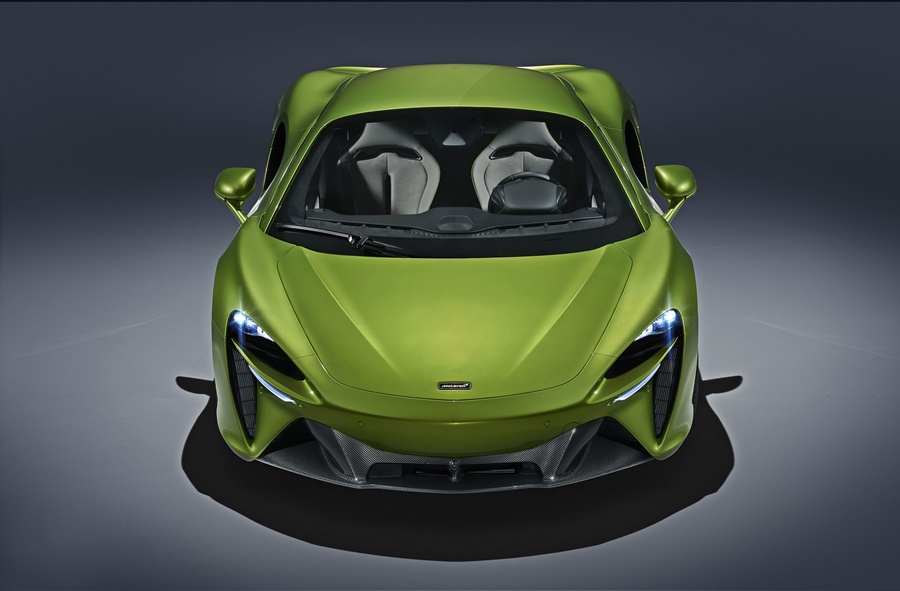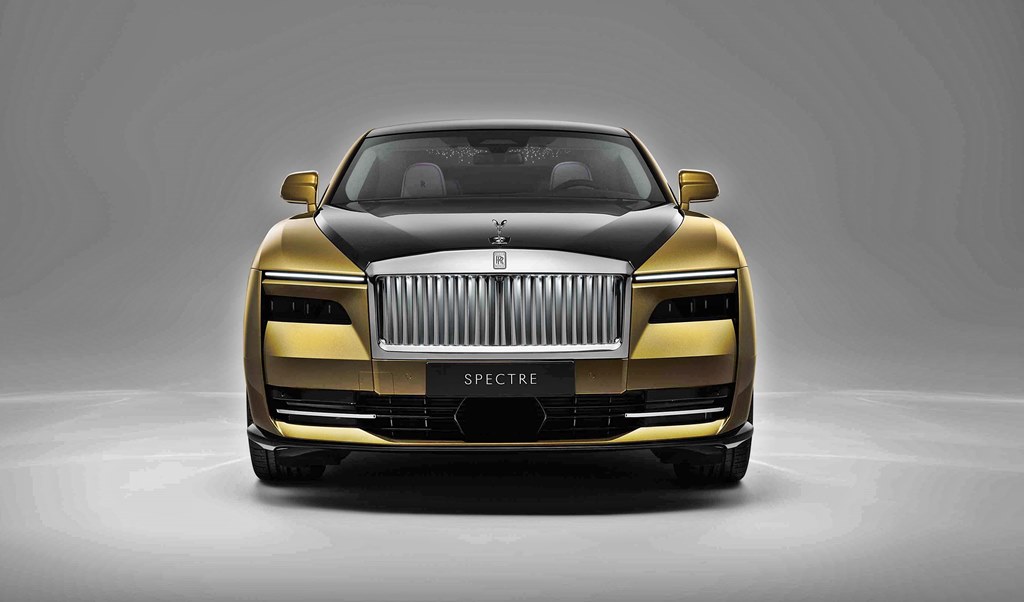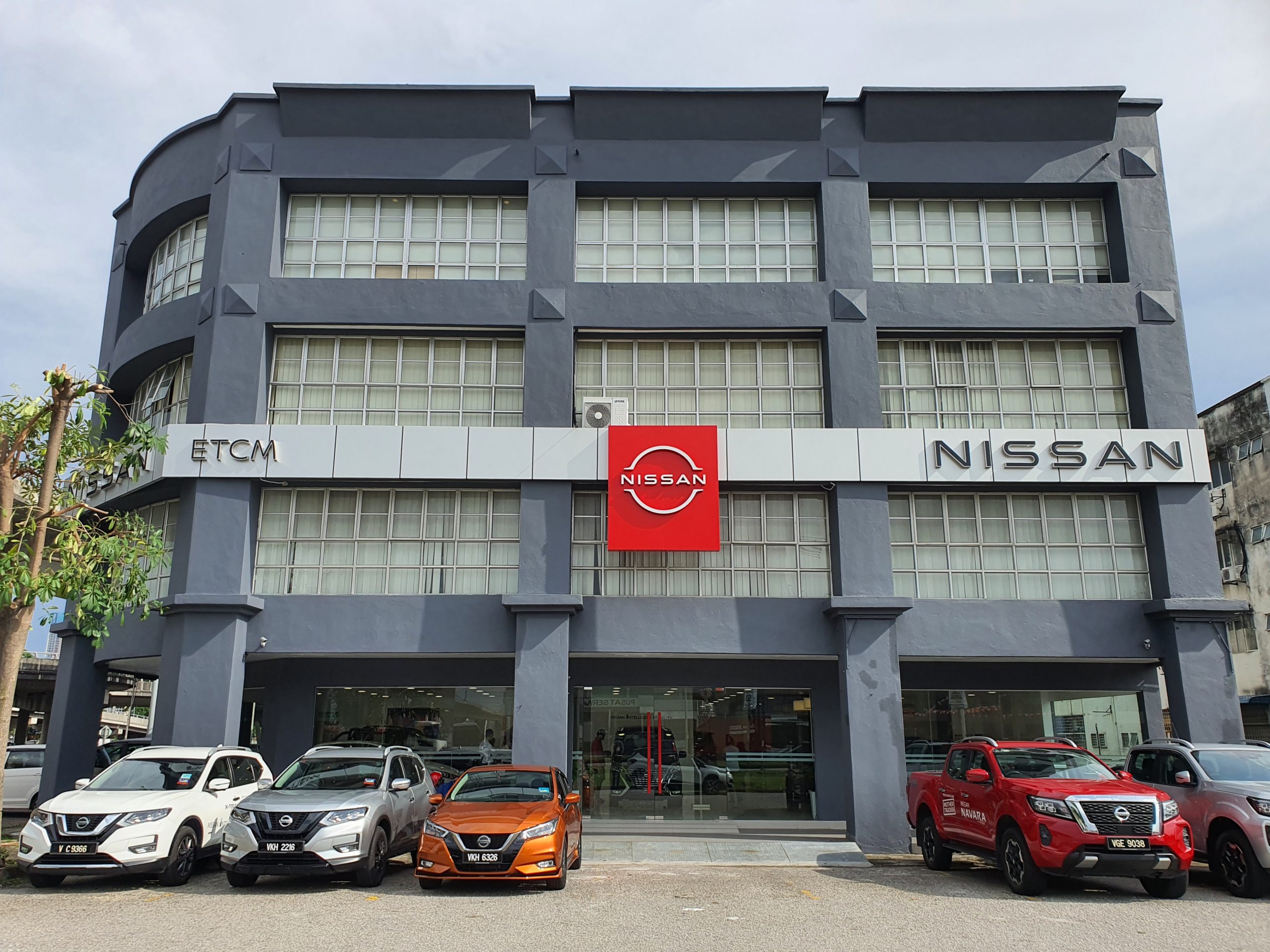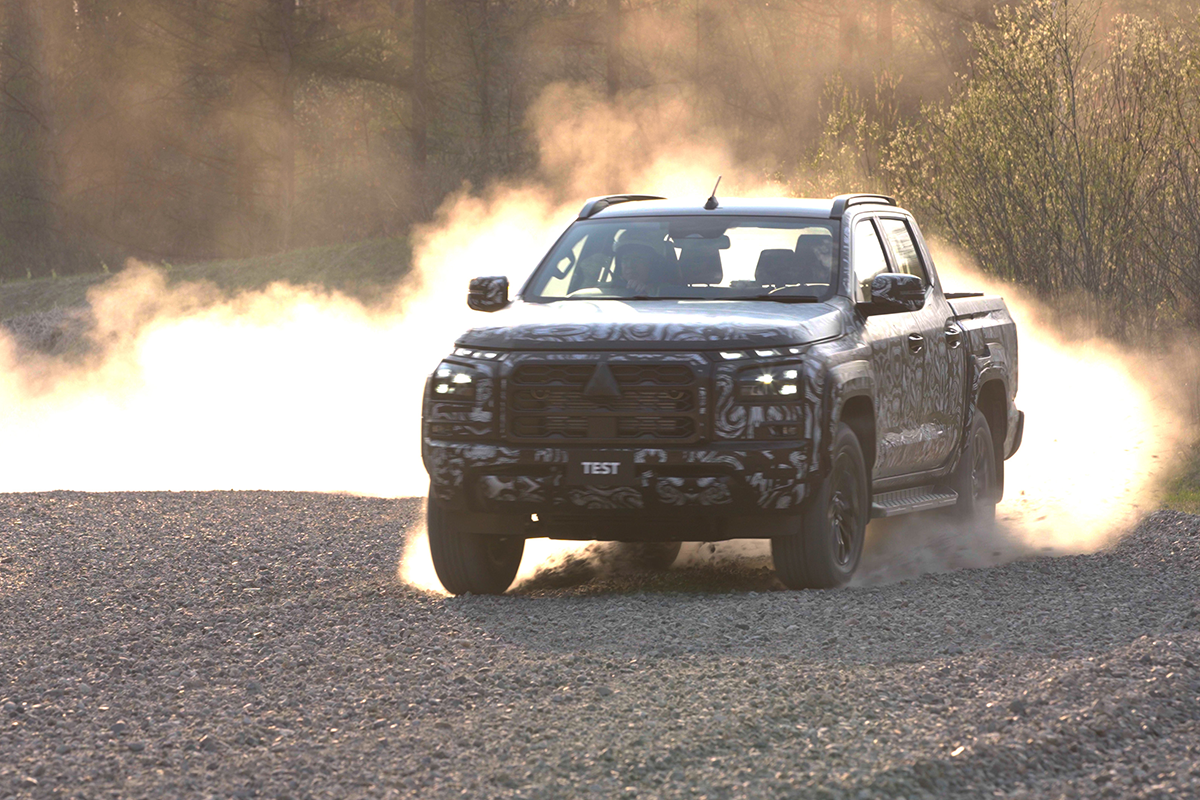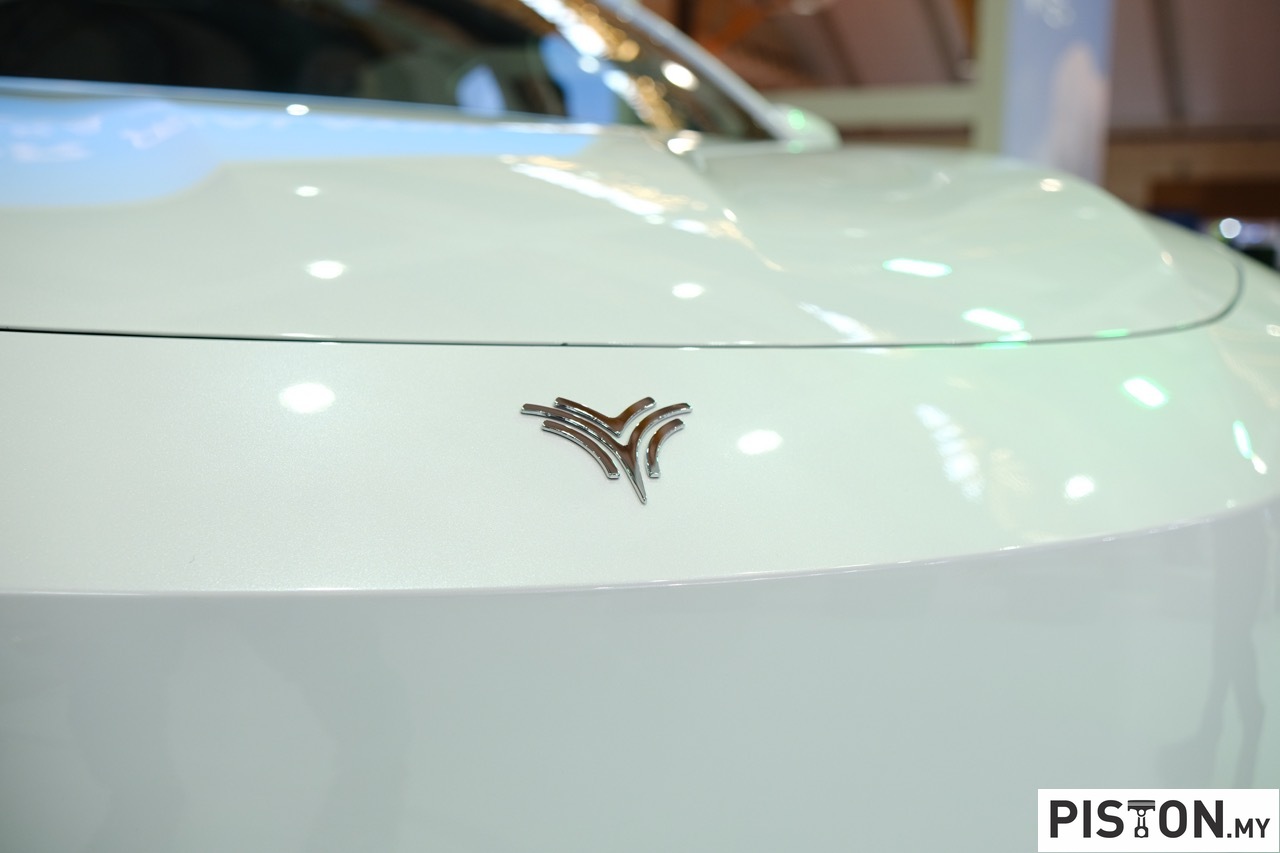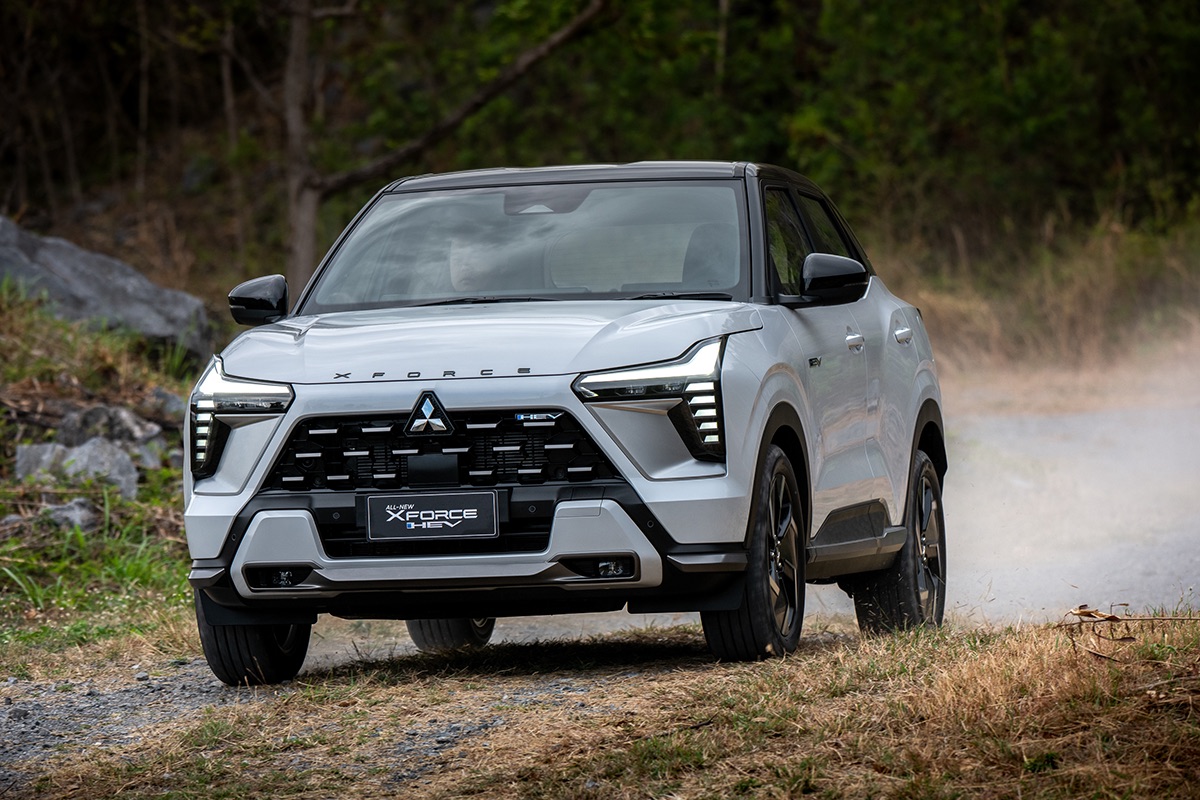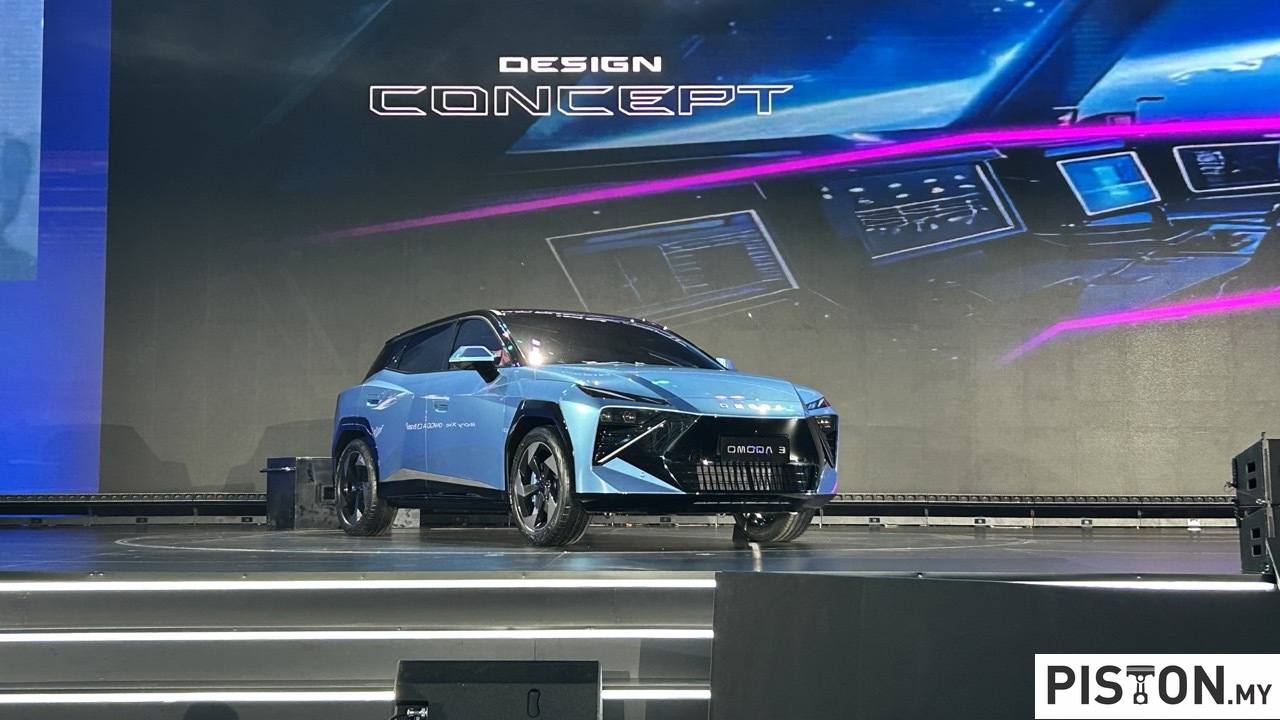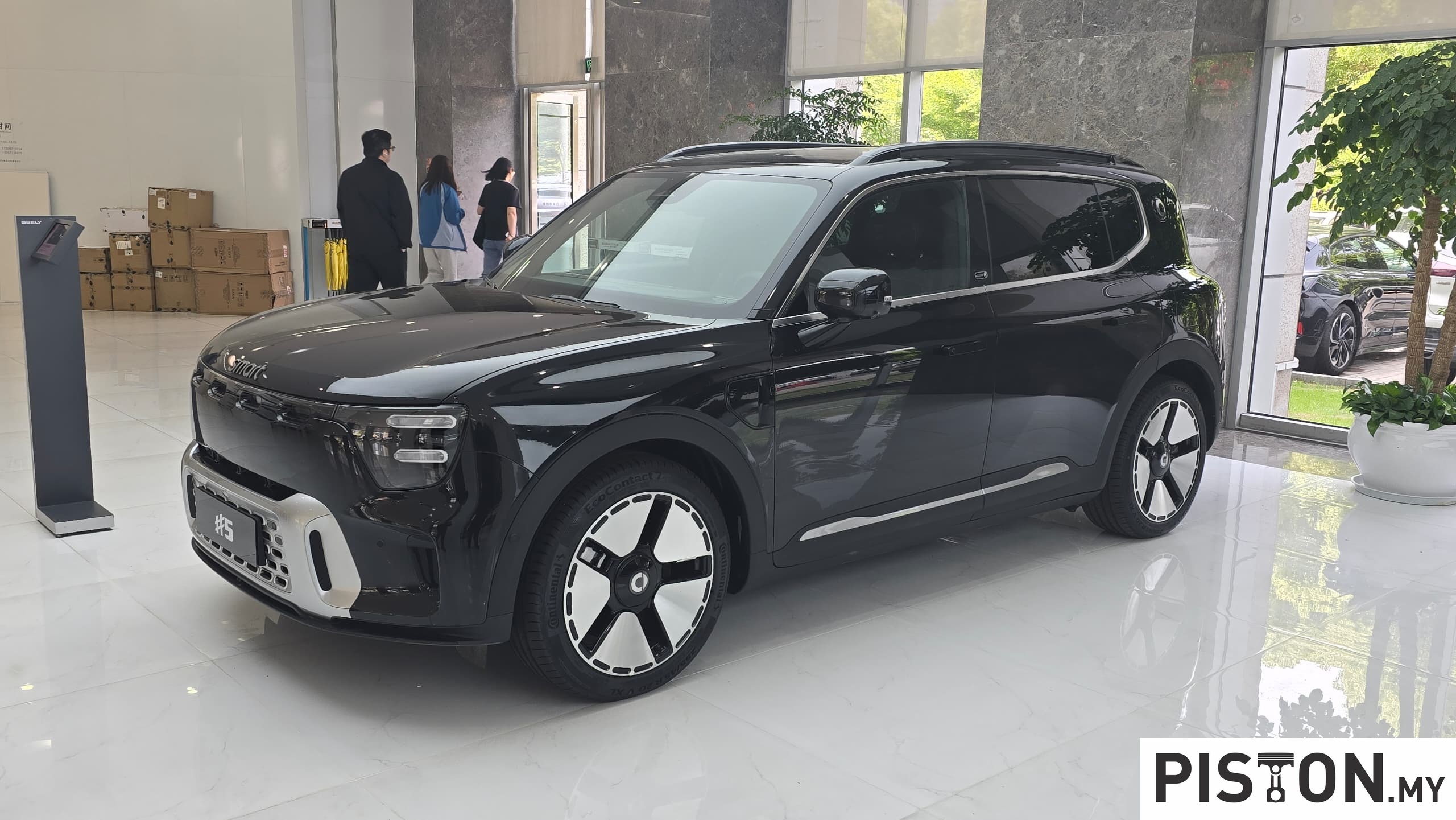
Over the next 4 years, Lexus will step up its electrification program and introduce up to 20 new models, with fully electric as well hybrid powertrains. As a preview of what is to come, Toyota’s luxury brand today presented to the world its LF-Z Electrified concept car. The conceptual BEV (Battery Electric Vehicle) incorporates driving performance, styling, and technologies envisioned for realization by 2025.
The LF-Z Electrified has a BEV-dedicated platform which features a new 4-wheel driving force control technology known as DIRECT4. This uses the instant responsiveness of an electric motor’s driving force to freely control a vehicle’s four wheels for superior and highly flexible driving performance that sets it apart from conventional vehicles. The system controls the distribution of driving force through the seamless orchestration and calculation of accelerator pedal application and steering wheel operation, resulting in powerful acceleration and cornering performance that aligns near-perfectly to the driver’s will.
The use of steer-by-wire eliminates the need for a mechanical connection through the steering shaft, resulting in a more direct response between steering operation and driving force. This enables the vehicle to turn with less steering angle―and more precision―in response to driving conditions.
Lexus Driving Signature
Although the LF-Z Electrified marks the move away from conventional combustion engines, future BEV models will still have the Lexus Driving Signature, a unique Lexus driving experience that aims for a linear response that is faithful to the driver’s intentions, including the feeling of seamlessly connecting deceleration, steering and acceleration in all driving situations.
The LF-Z Electrified achieves an ideal balance and inertia by optimally positioning the battery and motors. The electrification technology allows for innovative packaging and design, and raises the Lexus Driving Signature to an even higher level by significantly evolving the basic performance of the vehicle.
By orienting the battery assembly longitudinally under the floor of the vehicle, the chassis becomes more rigid and the car’s centre of gravity is lowered for improved dynamics. In addition, this layout helps mitigate vibrations and unpleasant noises from penetrating the passenger cabin upholding the Lexus DNA of quietness and ride comfort.
With a 90 kWh lithium-ion battery pack, the LF-Z Electrified, which is said to weigh 2,100 kgs, is expected to have a range of up to 600 kms. The total system output of 400 kW/700 Nm will be able to accelerate it from 0 to 100 km/h in a projected 3 seconds and reach a maximum speed of 200 km/h.
Styling continues to evolve
Measuring 4880 mm in overall length and 1960 mm in overall width, the LF-Z Electrified’s sculpted and emotional exterior strongly accentuates the uniqueness of Lexus design. It suggests the direction of the evolution of Lexus styling where the overall form, which starts low in the front and peaks toward the rear, is composed of a continuous silhouette centered on a smooth cabin.
Large-diameter wheels that transmit the power of the high-power electric motors to the road surface are situated as much as possible at the vehicle’s four corners for a wide stance with a low centre of gravity.
Lexus designers took up the challenge of evolving the Lexus design icon of the spindle shape into a spindle body as the overall body architecture in a new form of expression. The aim was to create a 3-dimensional design that transforms the form of the body itself into the icon of the Lexus brand and to continuously develop functional expressions and styling that keep abreast with the evolution of technology.
The use of DIRECT4, which freely controls the driving force of the four wheels, enabled styling that evokes the image of dynamic driving in which the distribution of driving force is linearly shifted. The accentuation of the doors fluently transitions from the front wheels to the rear wheels, which are surrounded by shiny, projecting, flare-shaped molding.
In the rear, a clean and simple horizontal design combines with the molding that emphasizes the projecting wheels to express a powerful stance in support of a torque-strong driving force. Also, horizontally displaying ‘LEXUS’ in the continuous slender rear combination lamp contributes to styling that, along with the front of the vehicle, symbolizes the next generation of Lexus.
Tazuna cockpit with true Omotenashi
To provide a uniquely BEV driving experience, the interior is equipped with a ‘Tazuna’ cockpit and features an open and minimalist design. ‘Tazuna’ (Japanese for ‘rein’) refers to the relationship between horse and rider, who communicate through a single rein. While the cockpit is a key focal point, the low positioning of the instrument panel relative to the vehicle occupants and other measures are used to express a refreshing minimalism and a space that offers true Omotenashi (hospitality).
The entire interior has been made a clean and high-quality space by a form that seamlessly connects the cowl to the front doors and on to the rear doors. Also, a panoramic roof uses long plates of glass that bring about a feeling of openness, emphasizing the minimalist environment.
In the LF-Z Electrified, Artificial Intelligence (AI), which learns the driver’s preferences and behavioural characteristics, provides constant support to the driver. Voice communication contributes to improved operability while driving. The voice recognition system uses the latest AI to recognize, learn, and adapt to a driver’s habits and preferences, supporting with tasks such as determining driving routes and even making restaurant reservations. Ultimately, it becomes the driver’s ‘concierge’ and partner for every journey.
Lexus is also working with Mark Levinson, its long-time partner in the audio field, to develop a system which can reproduce a concert hall-like audio experience. With the next-generation sound management function, active noise cancellation facilitates interaction or privacy amongst passengers, providing a quiet and comfortable interior space.




